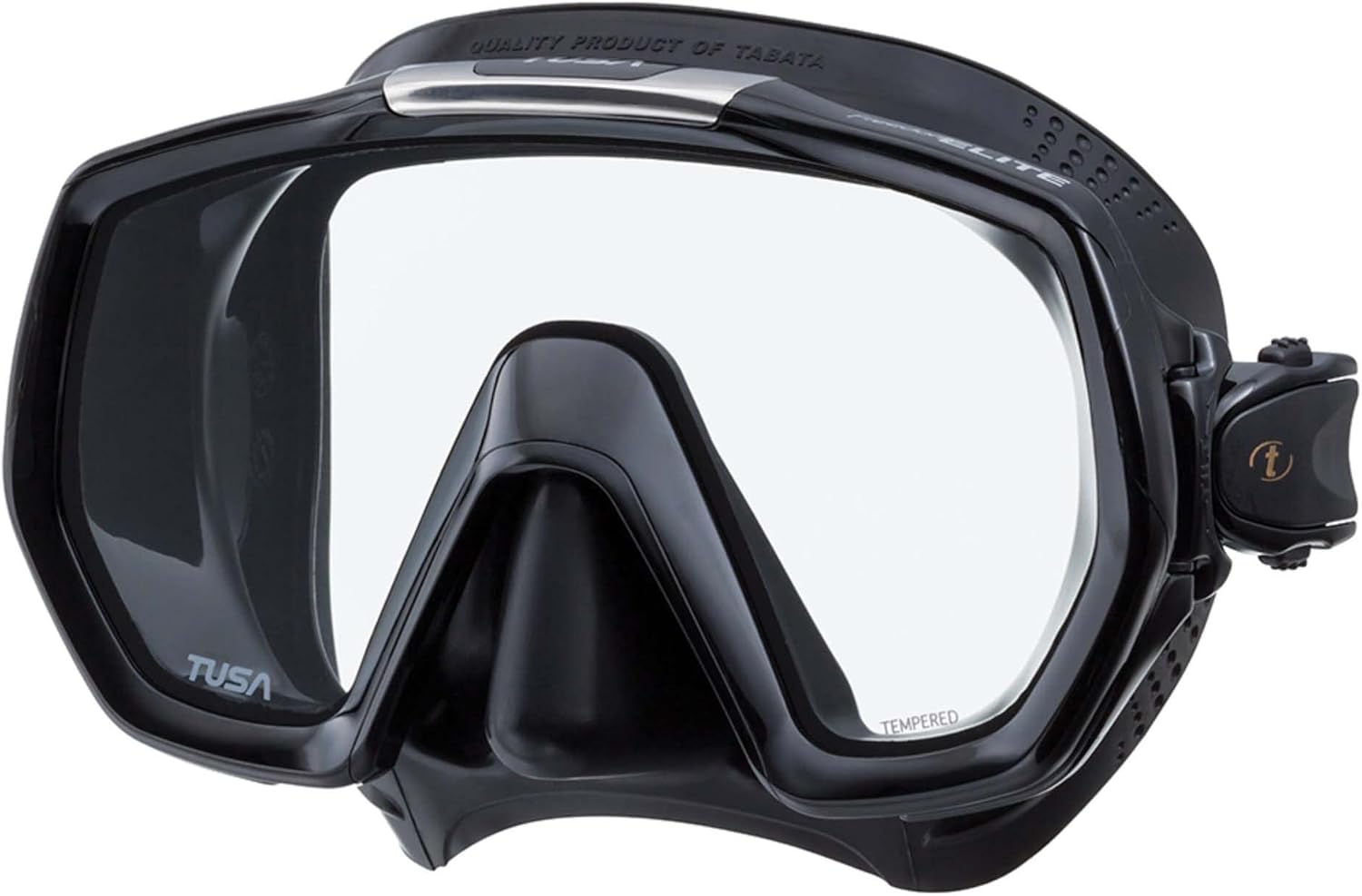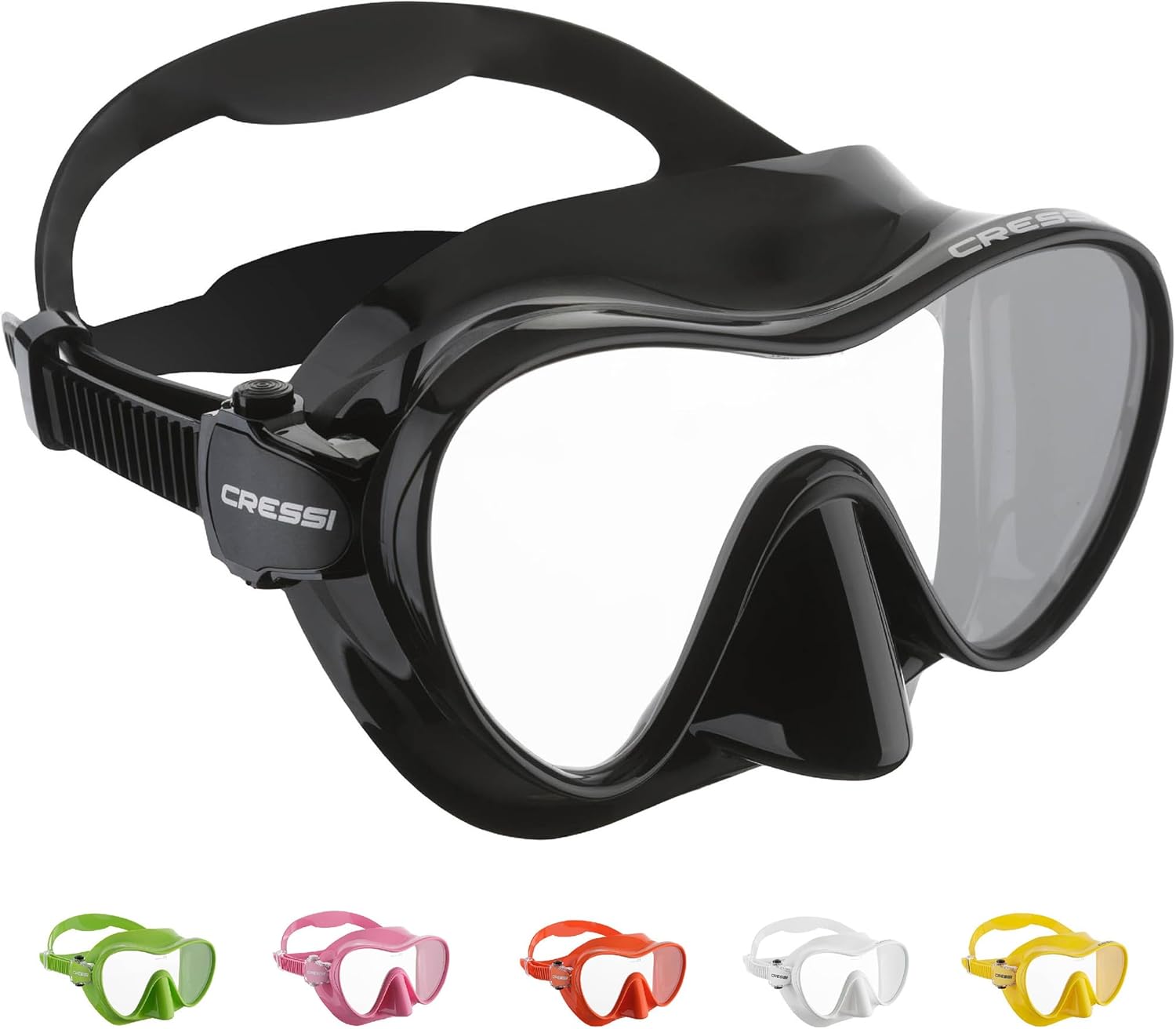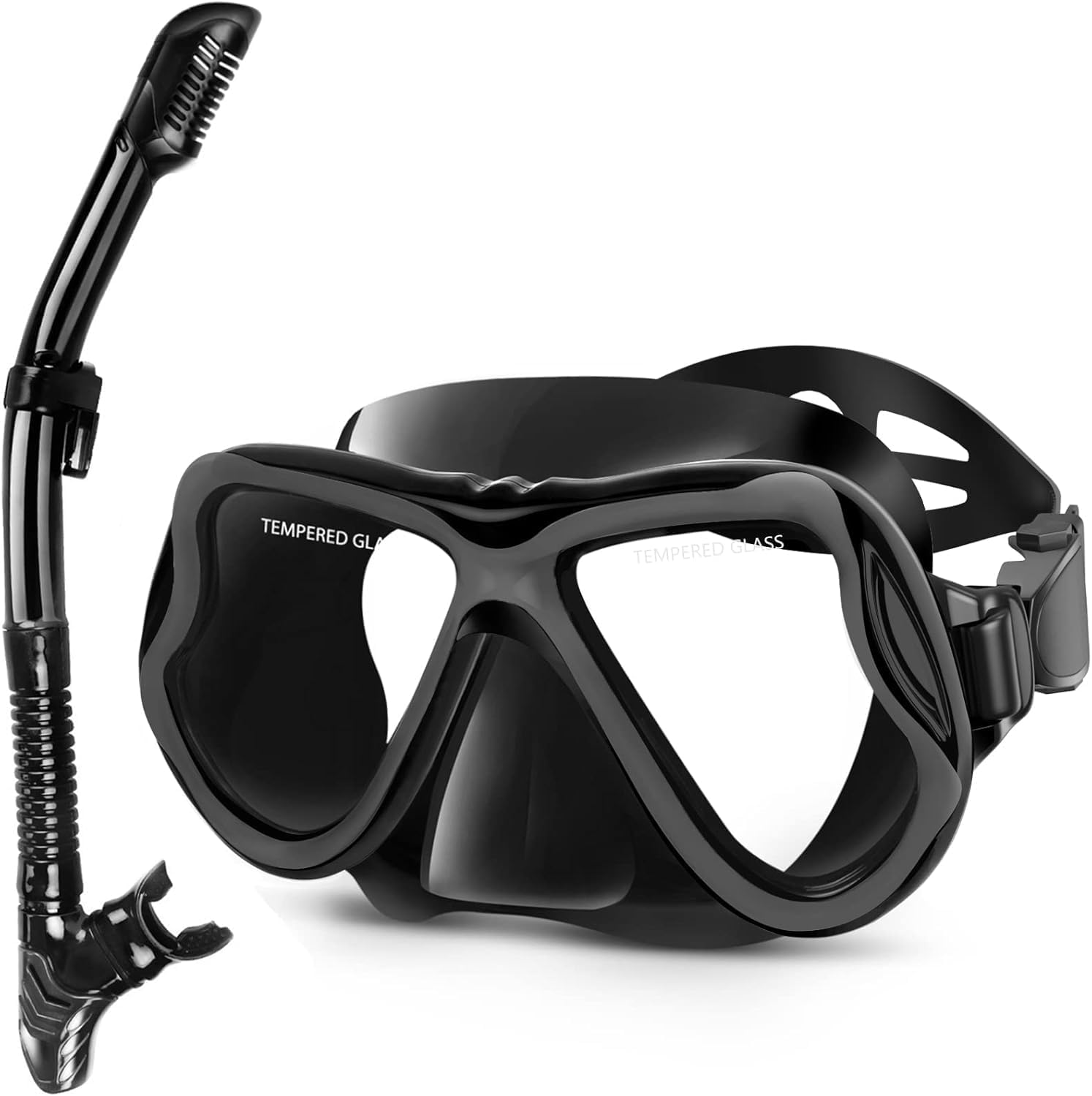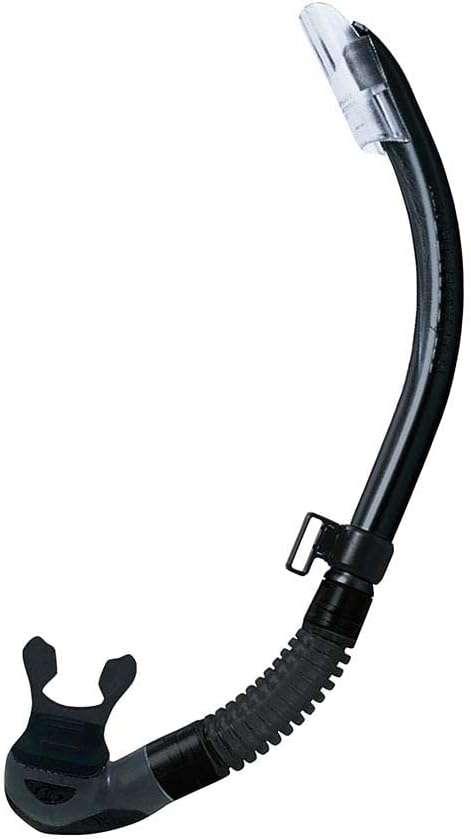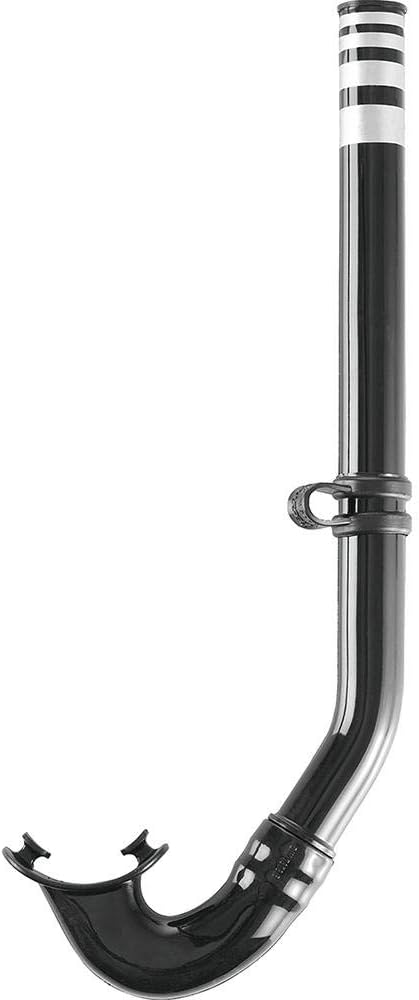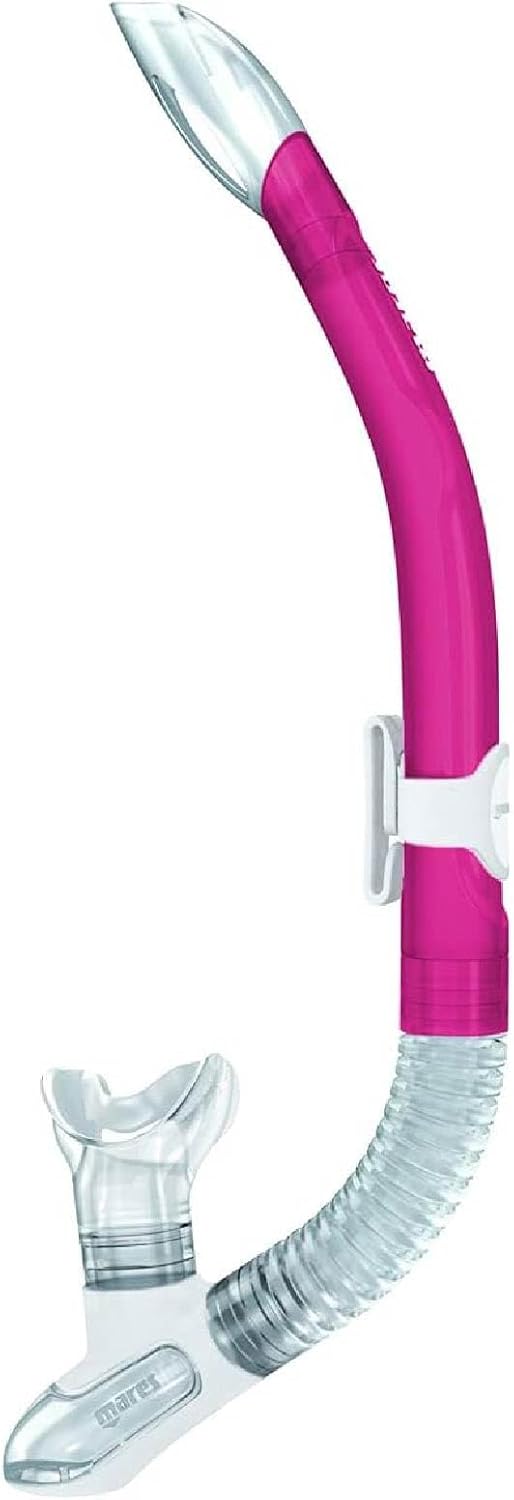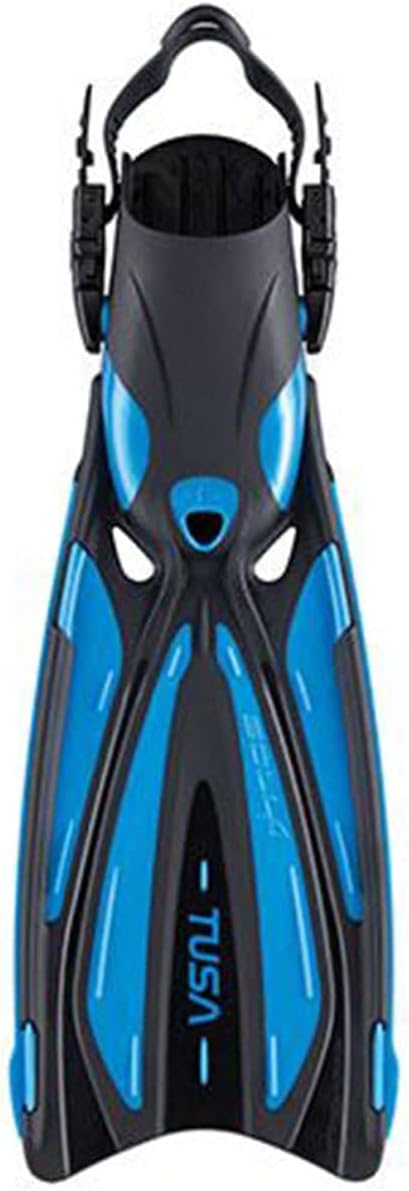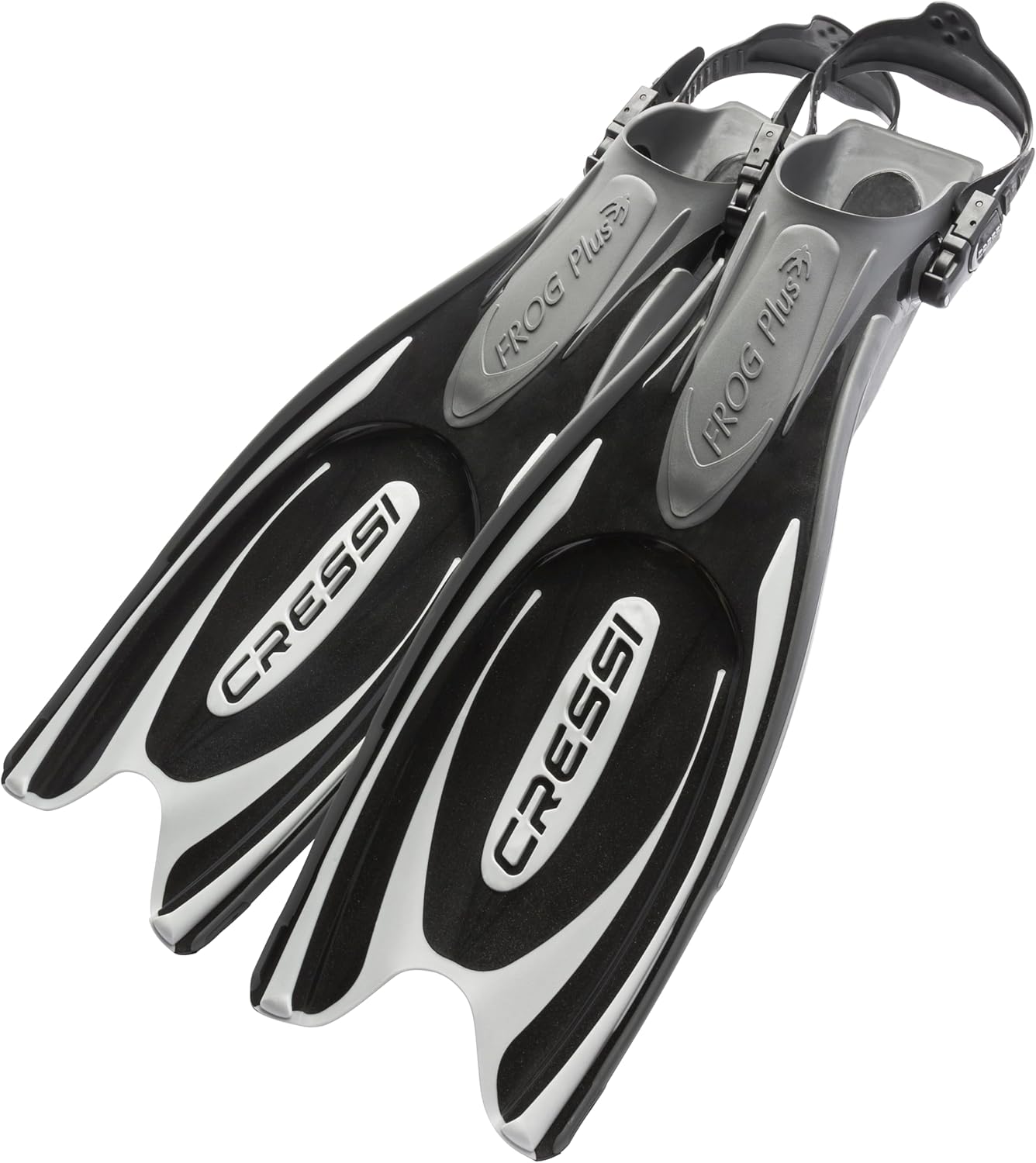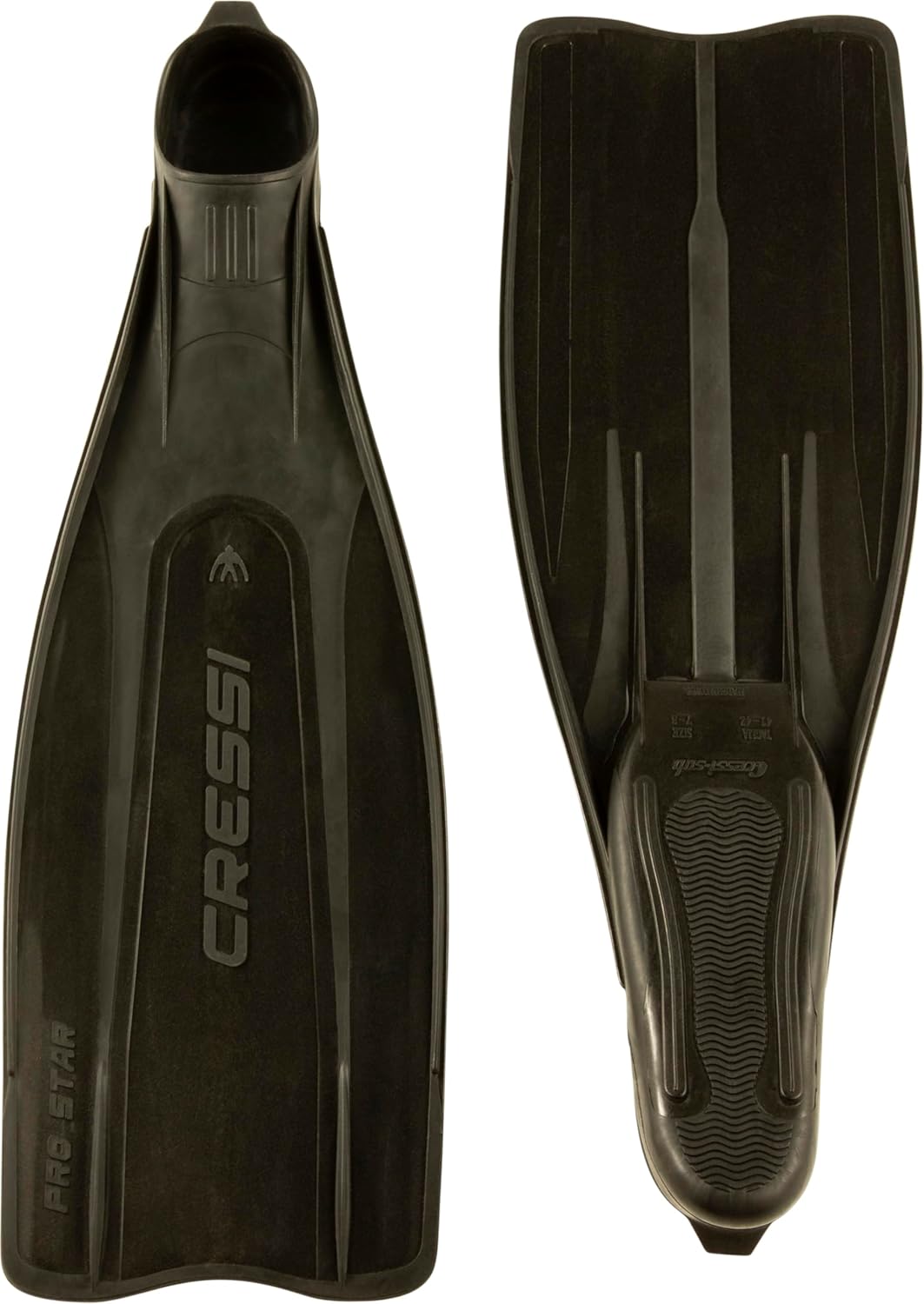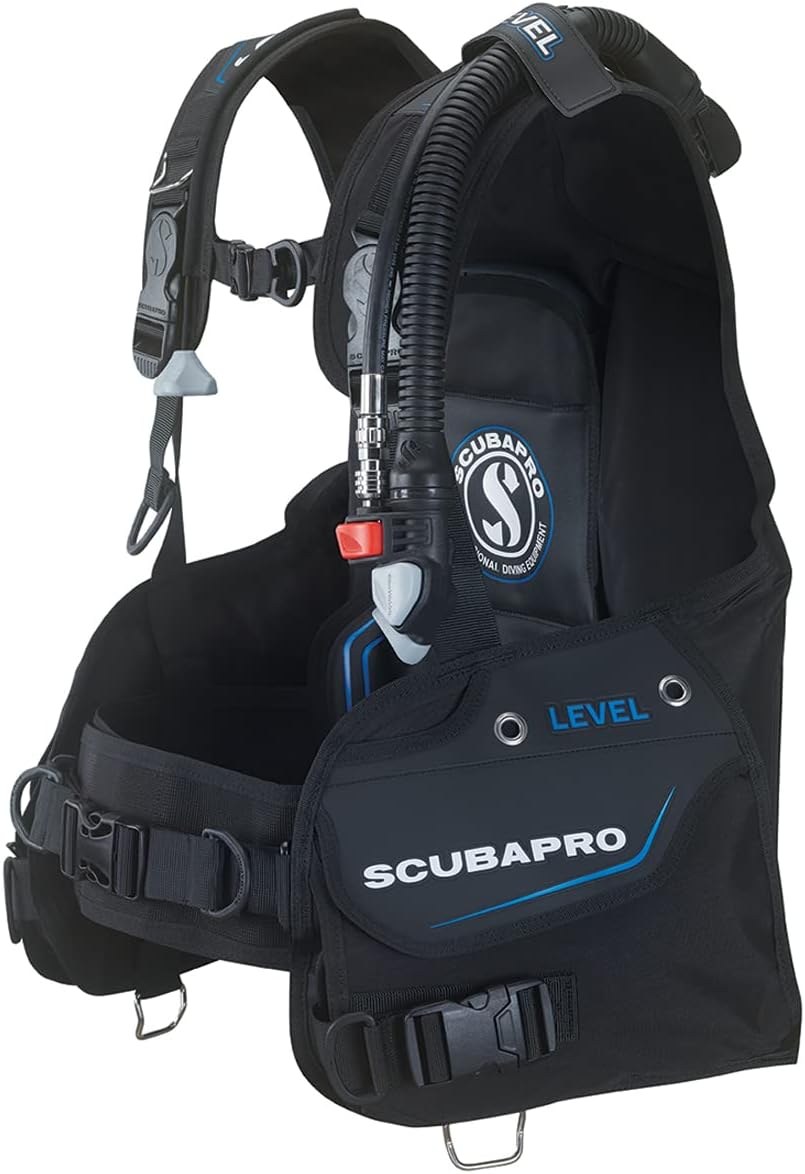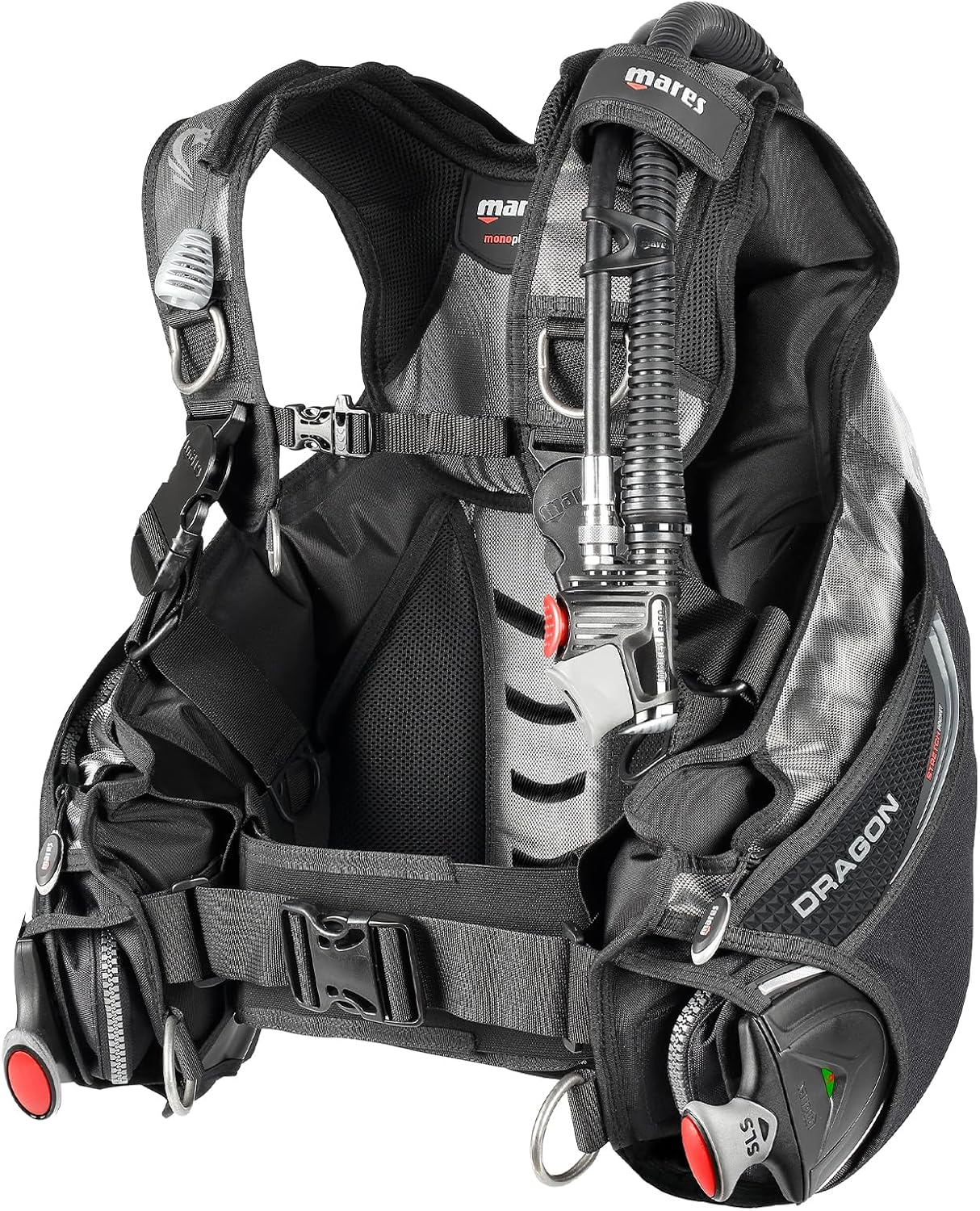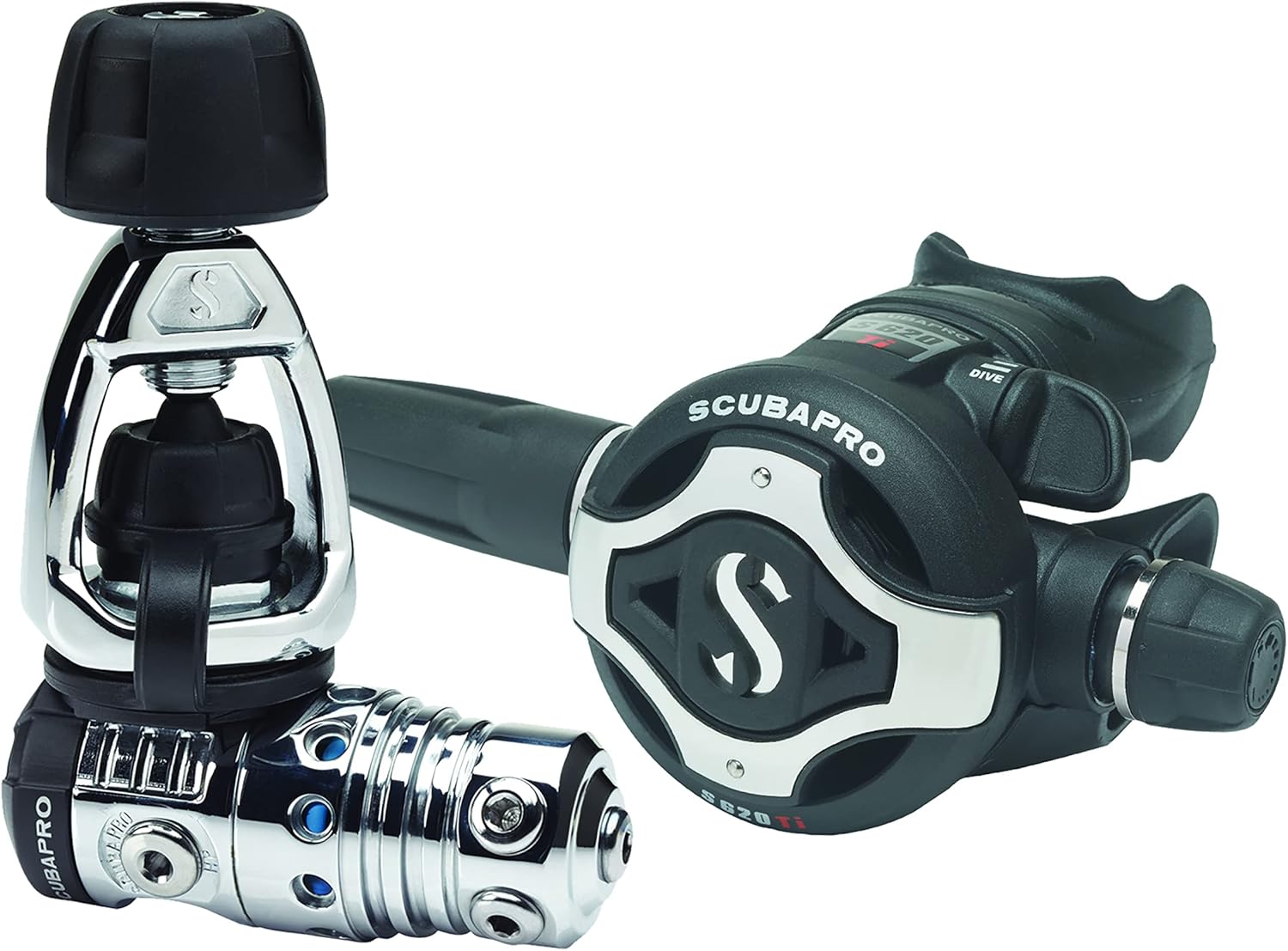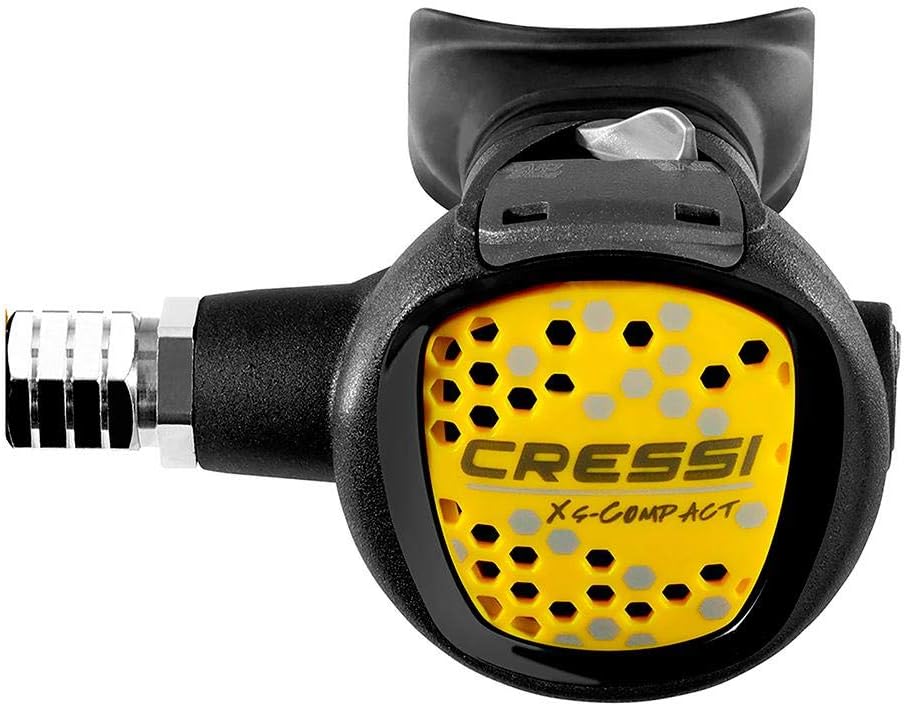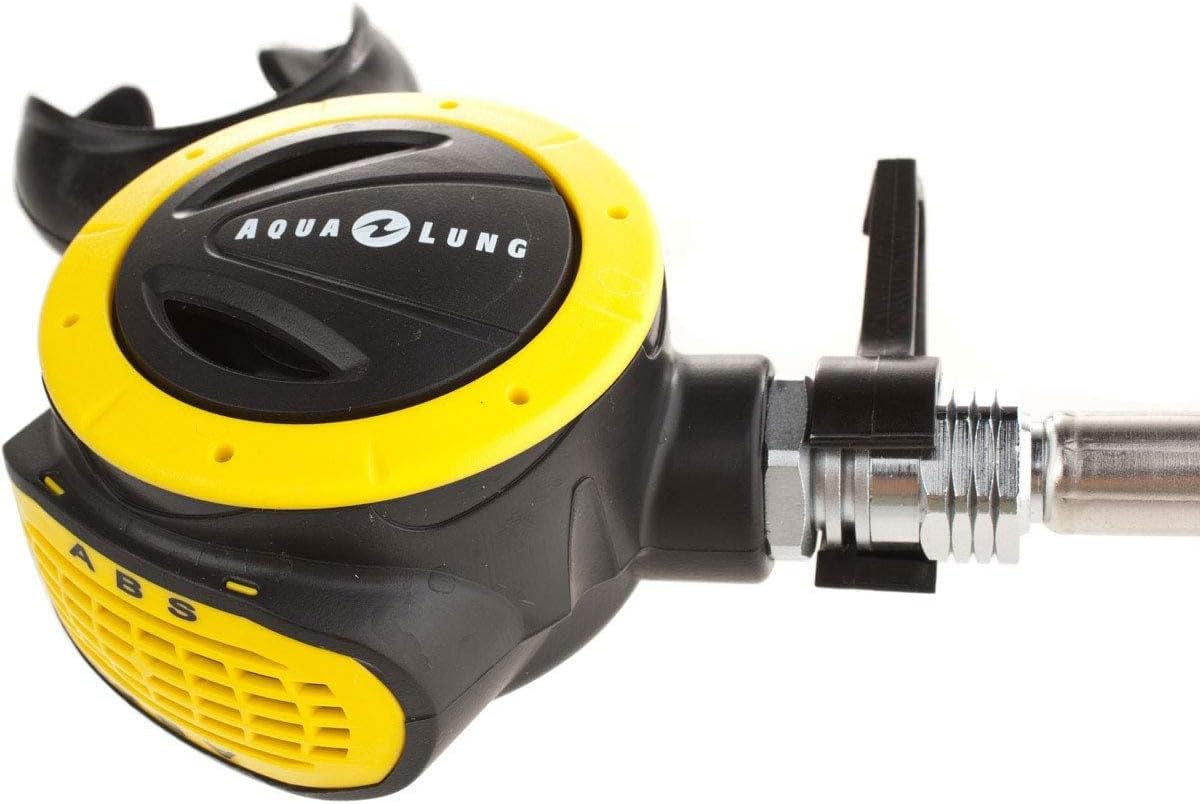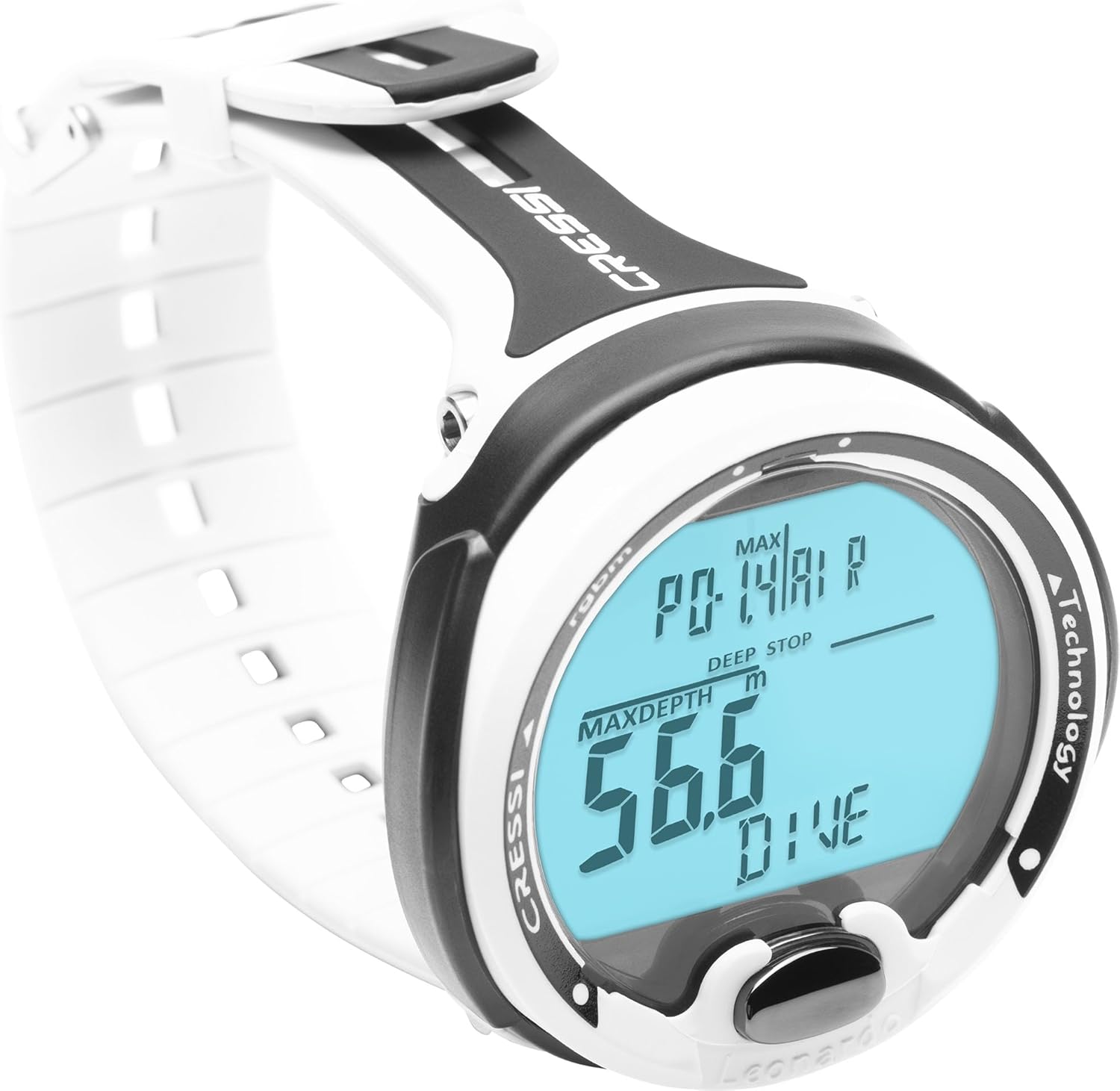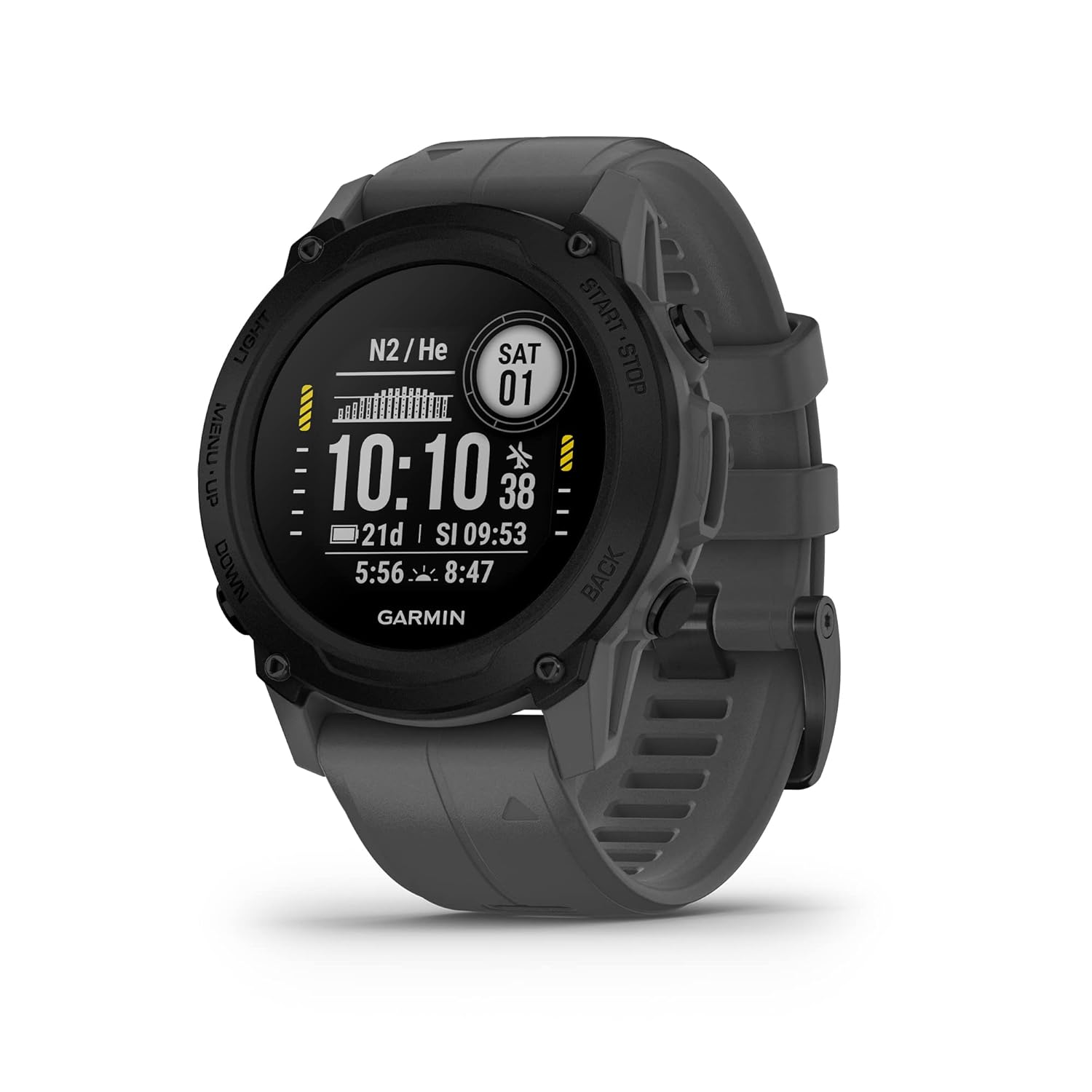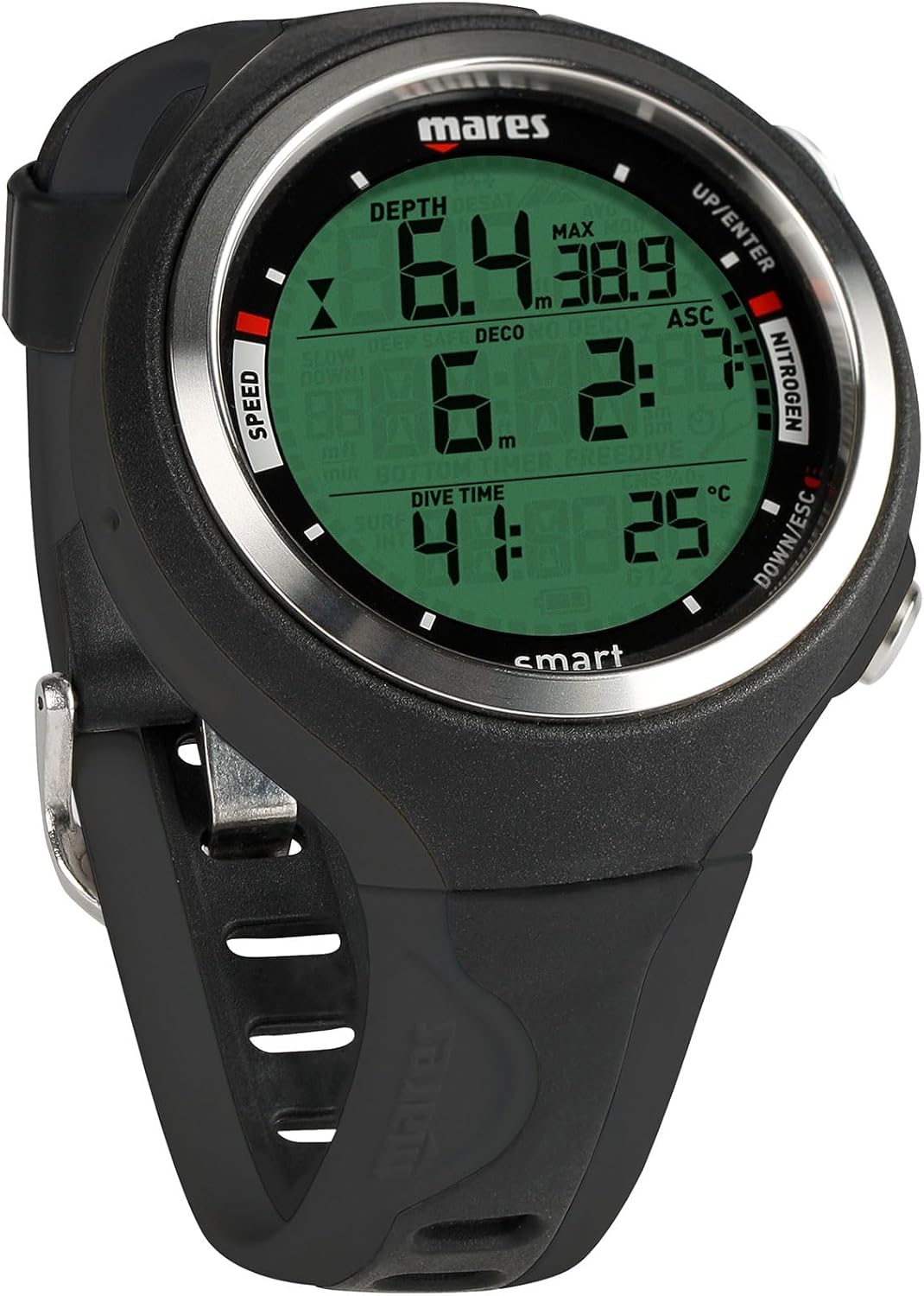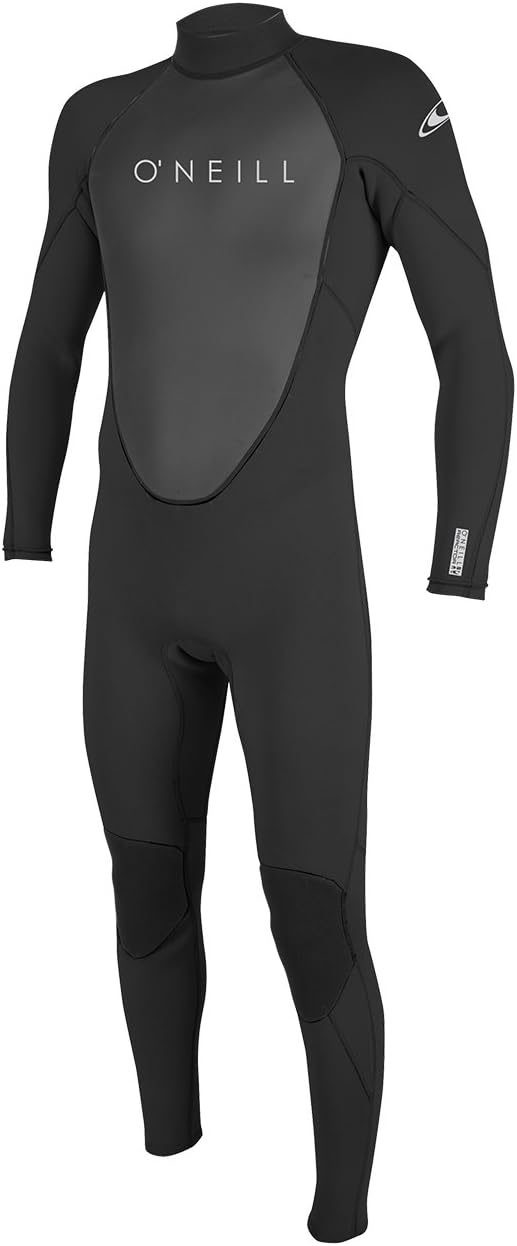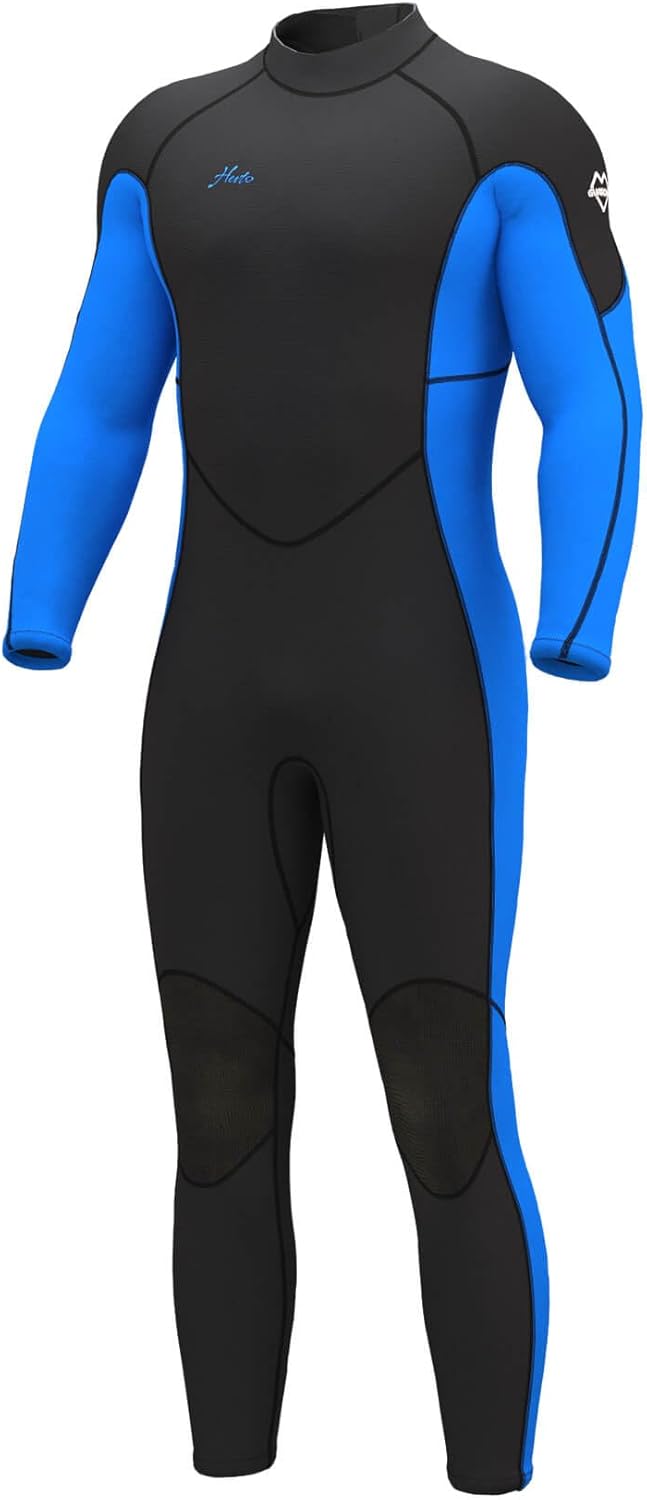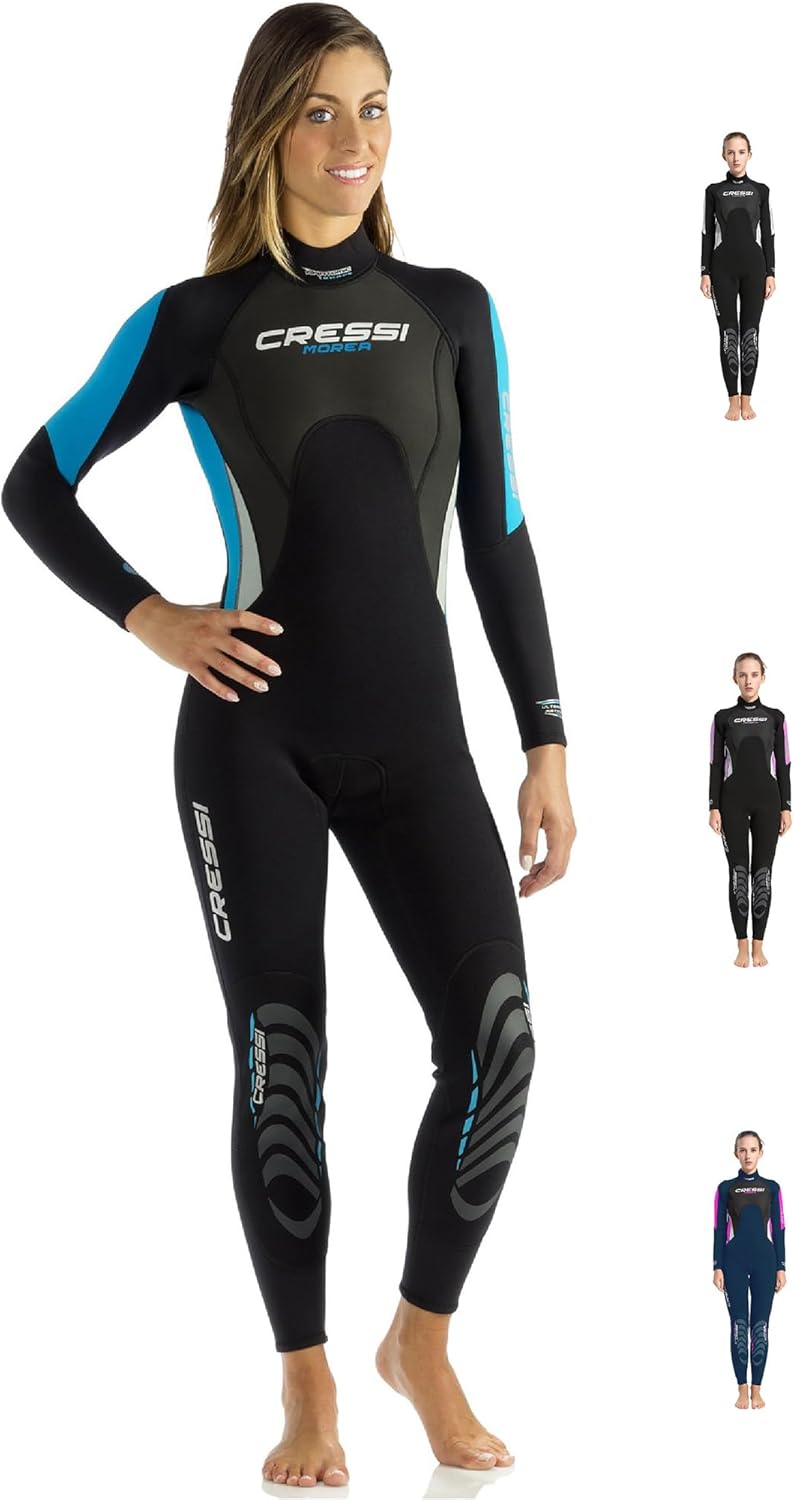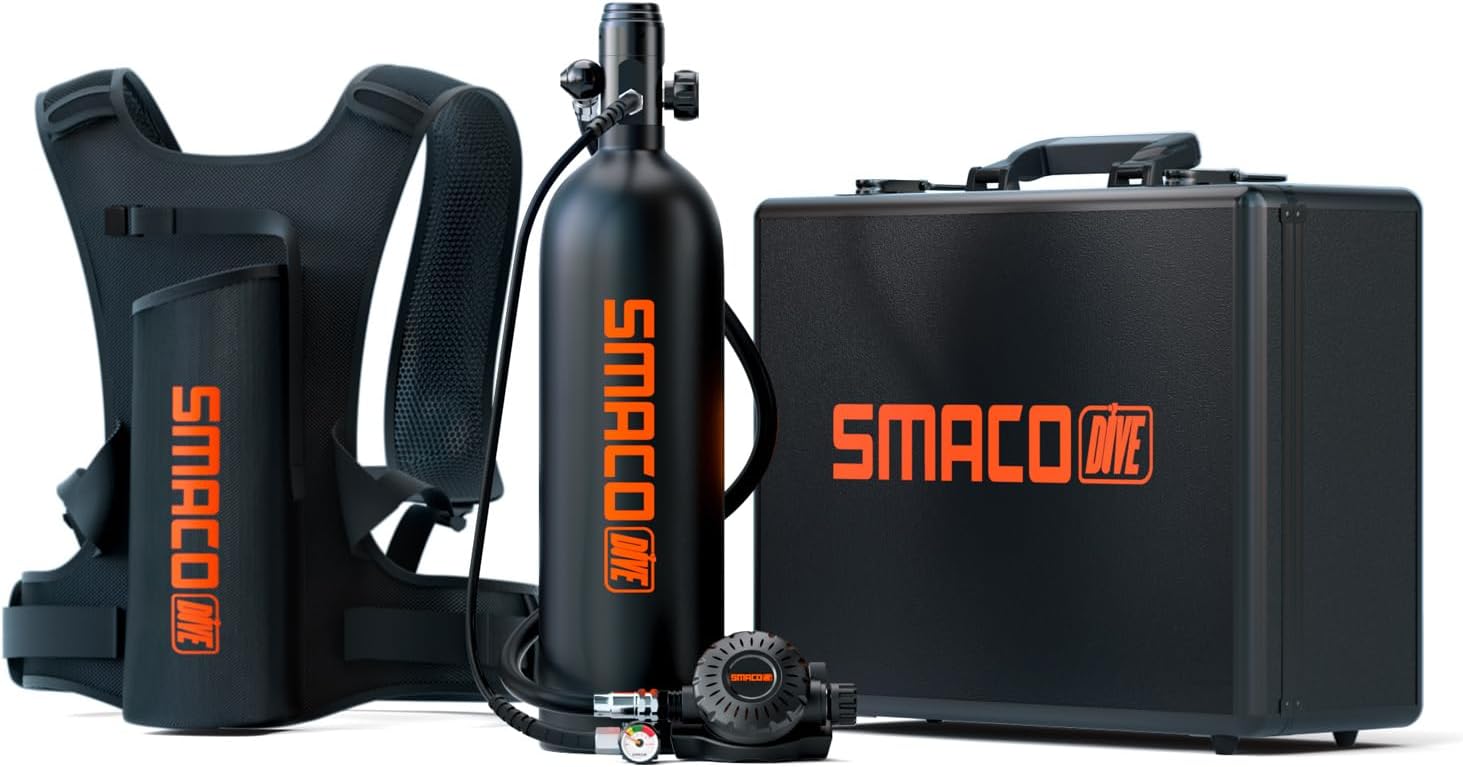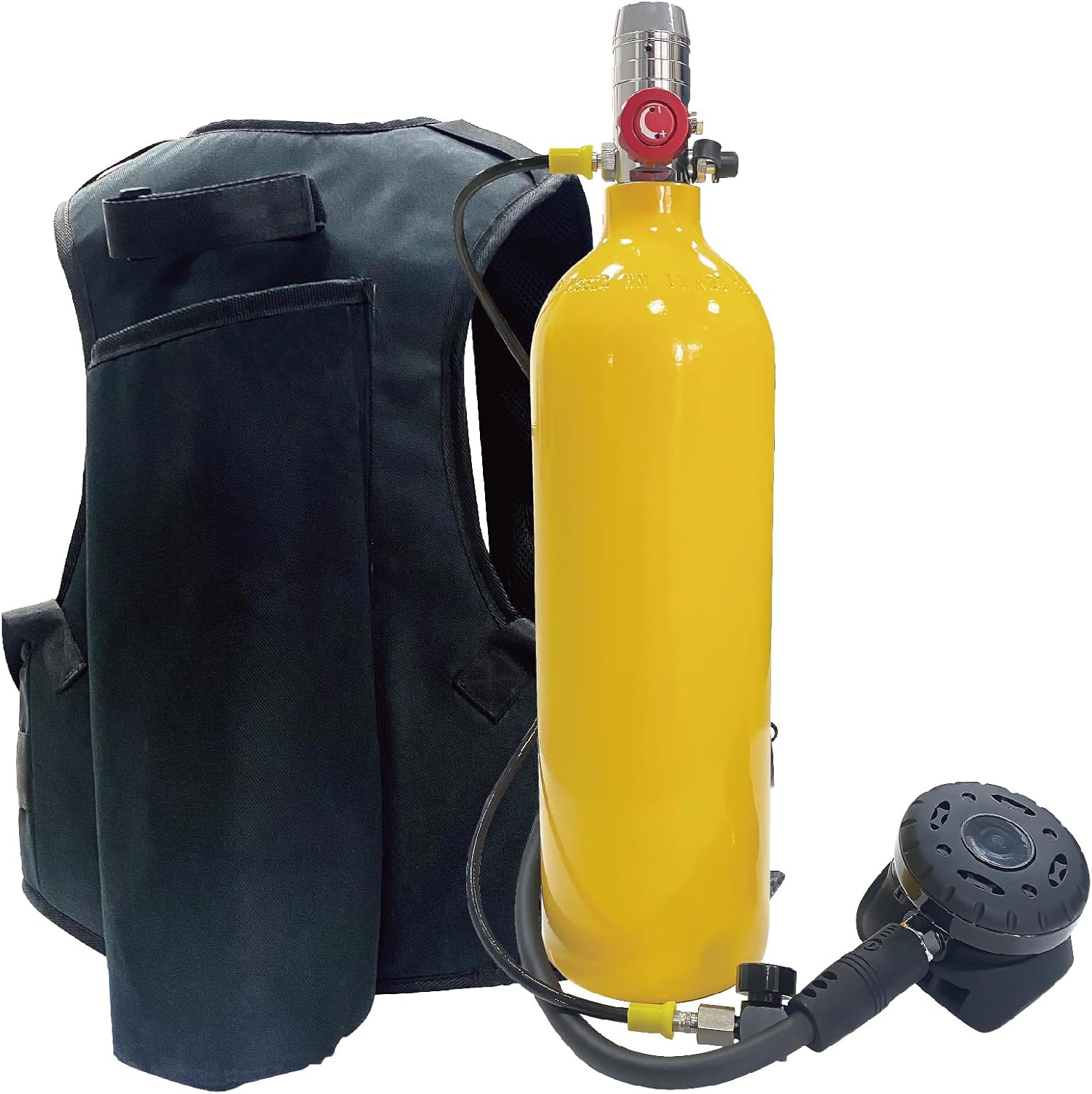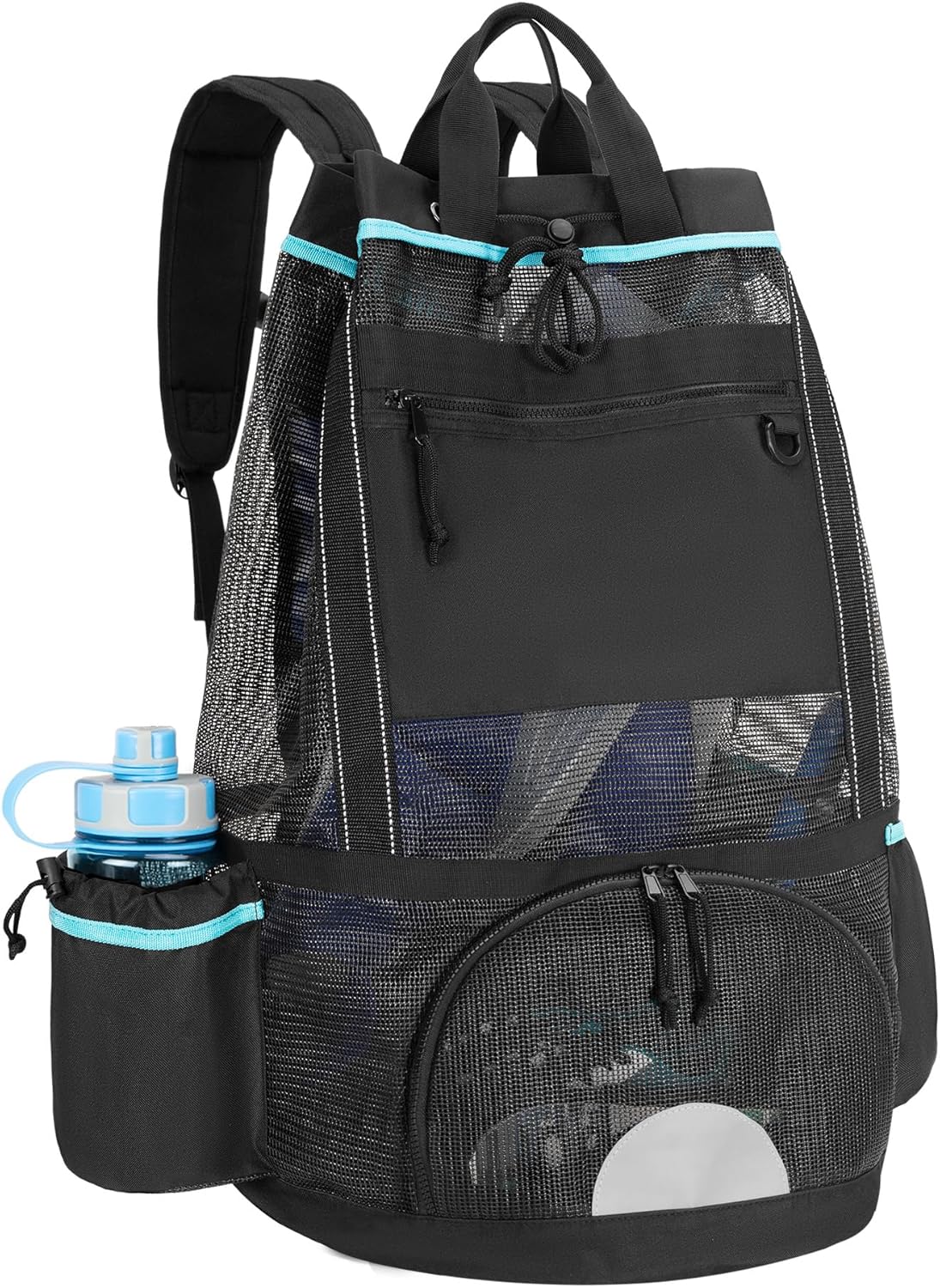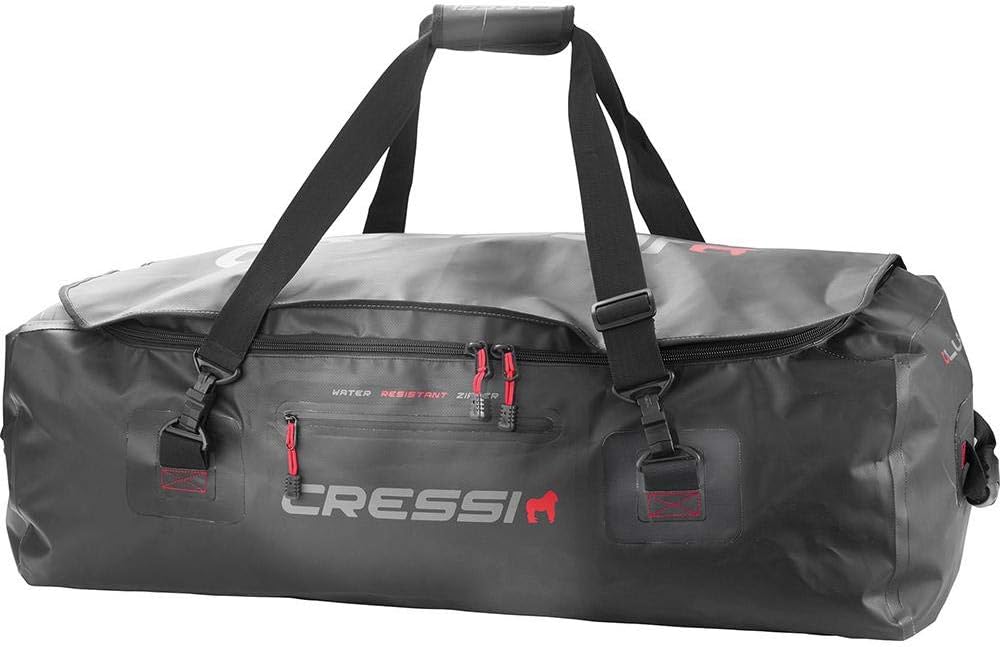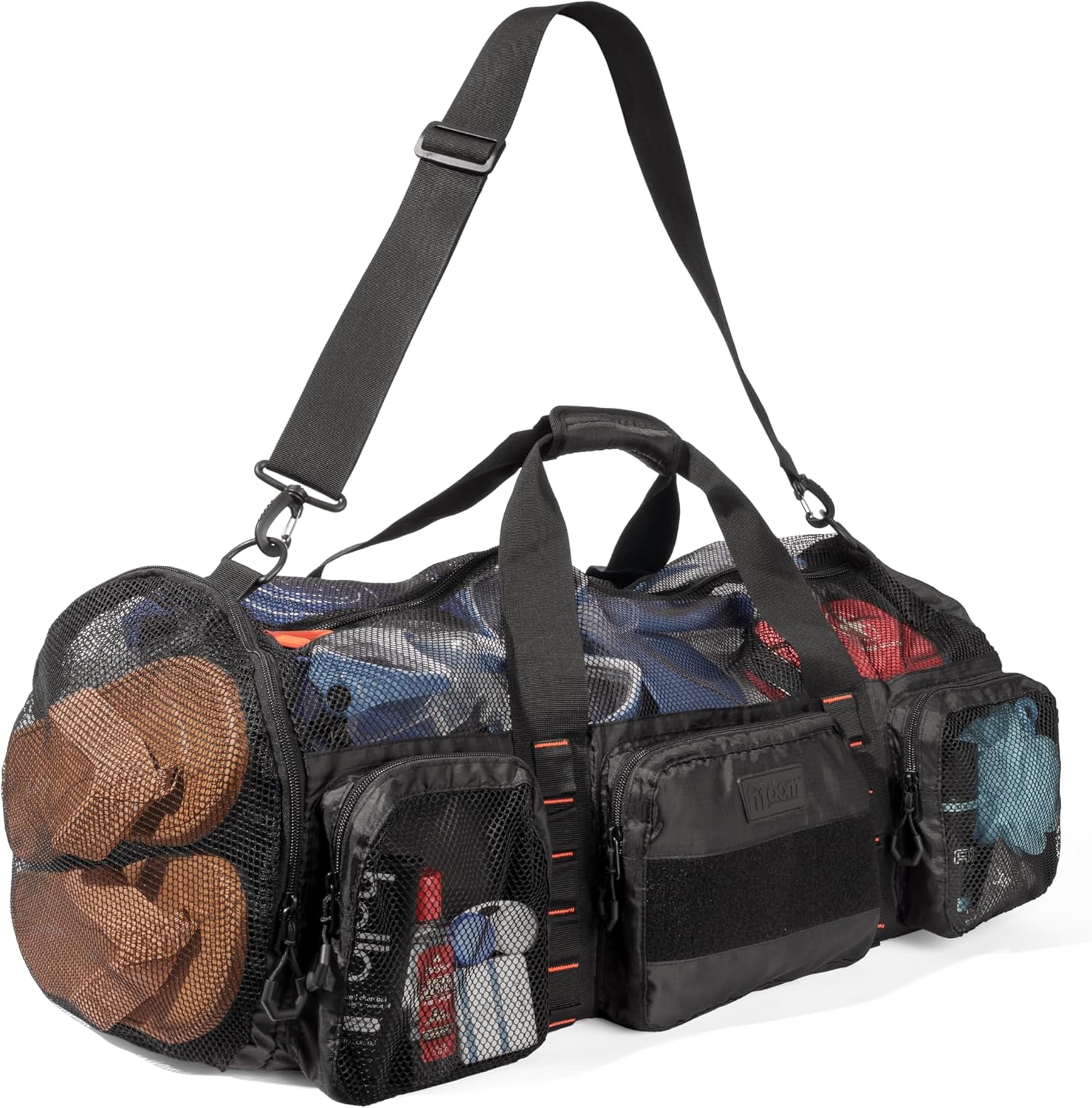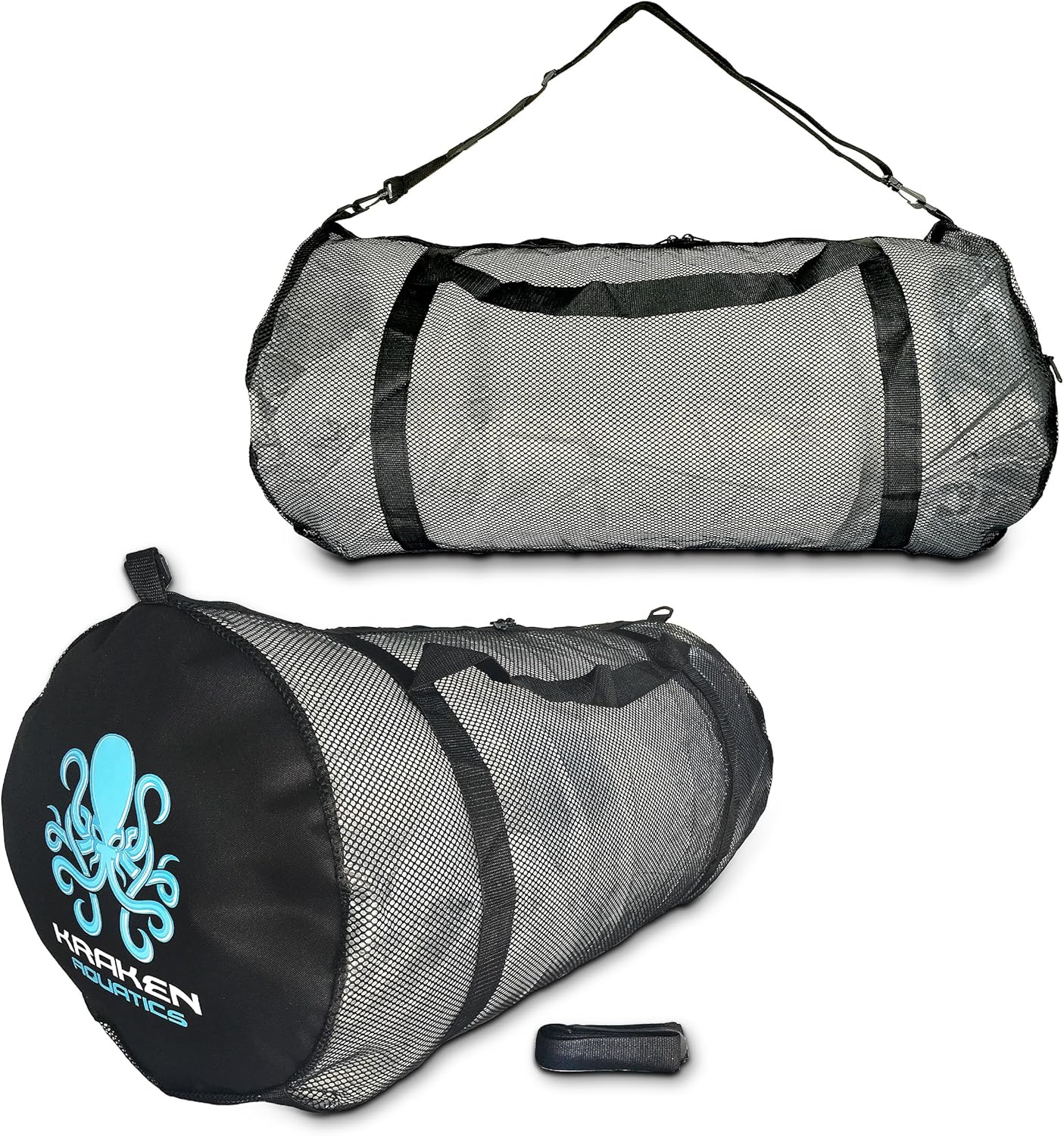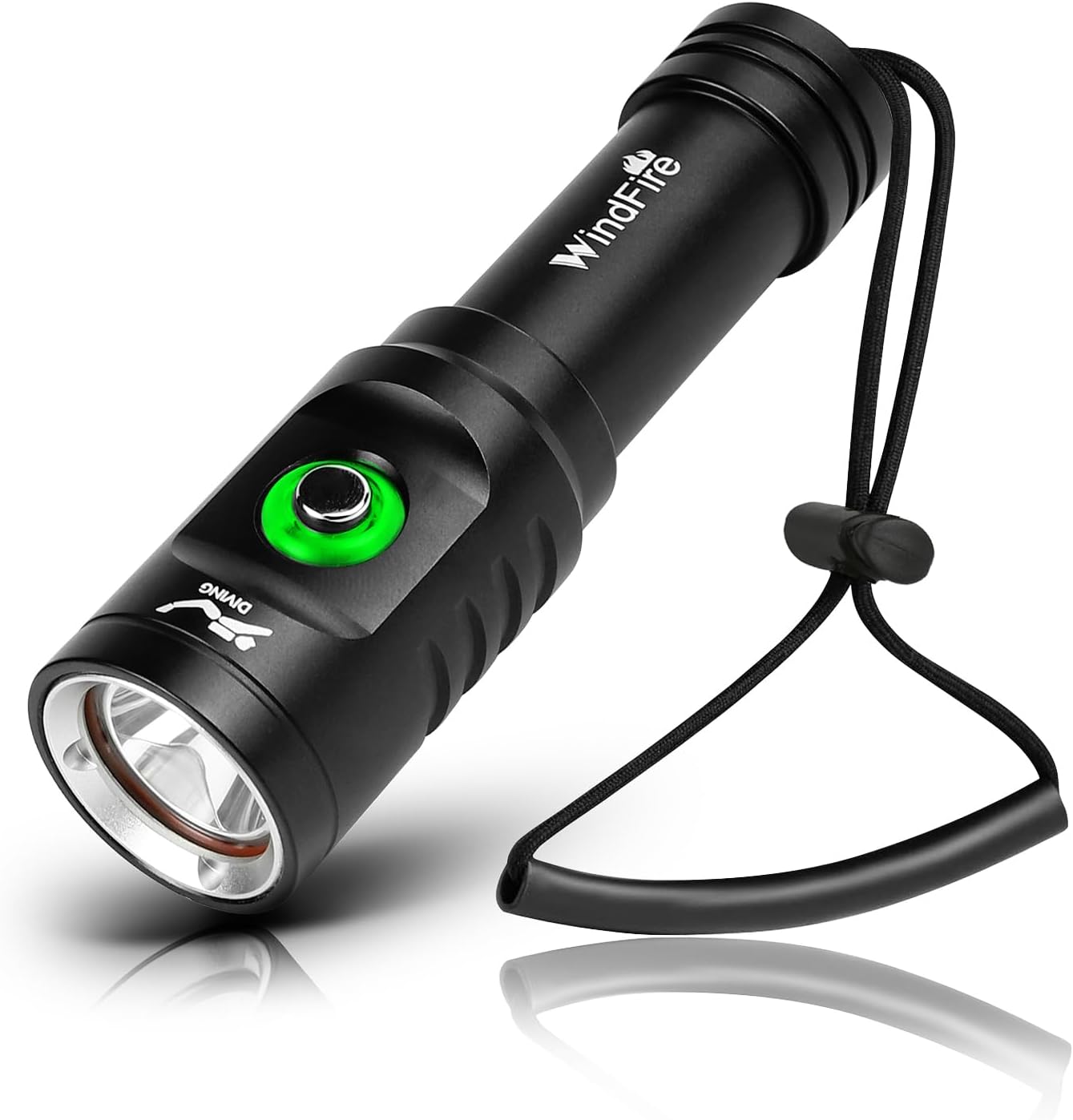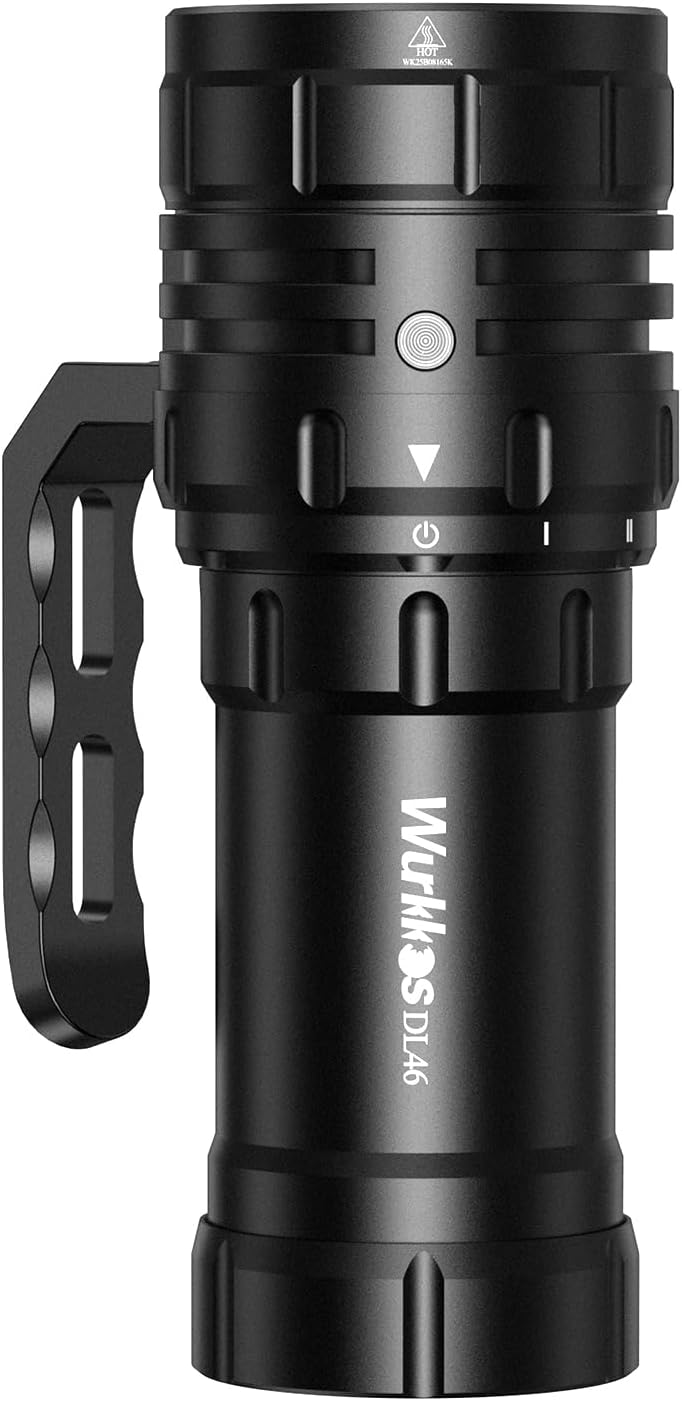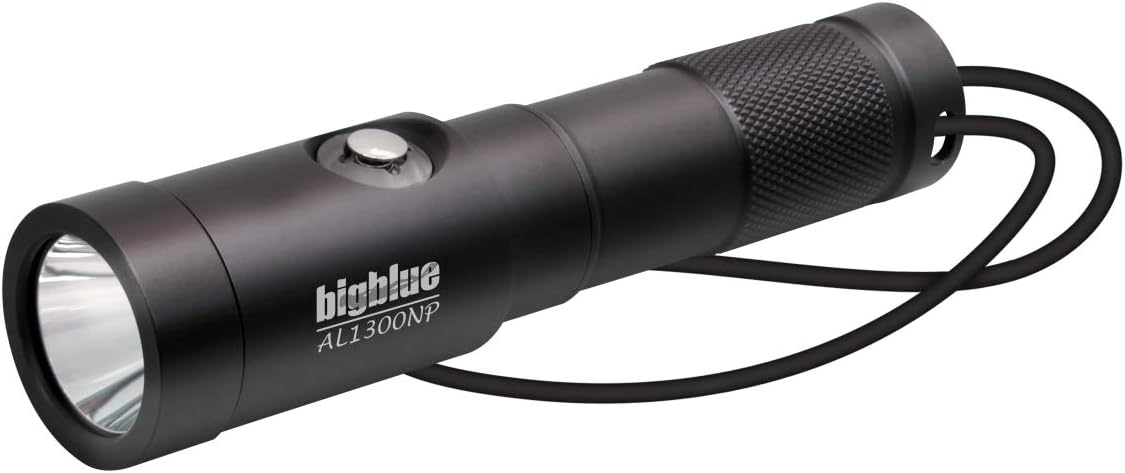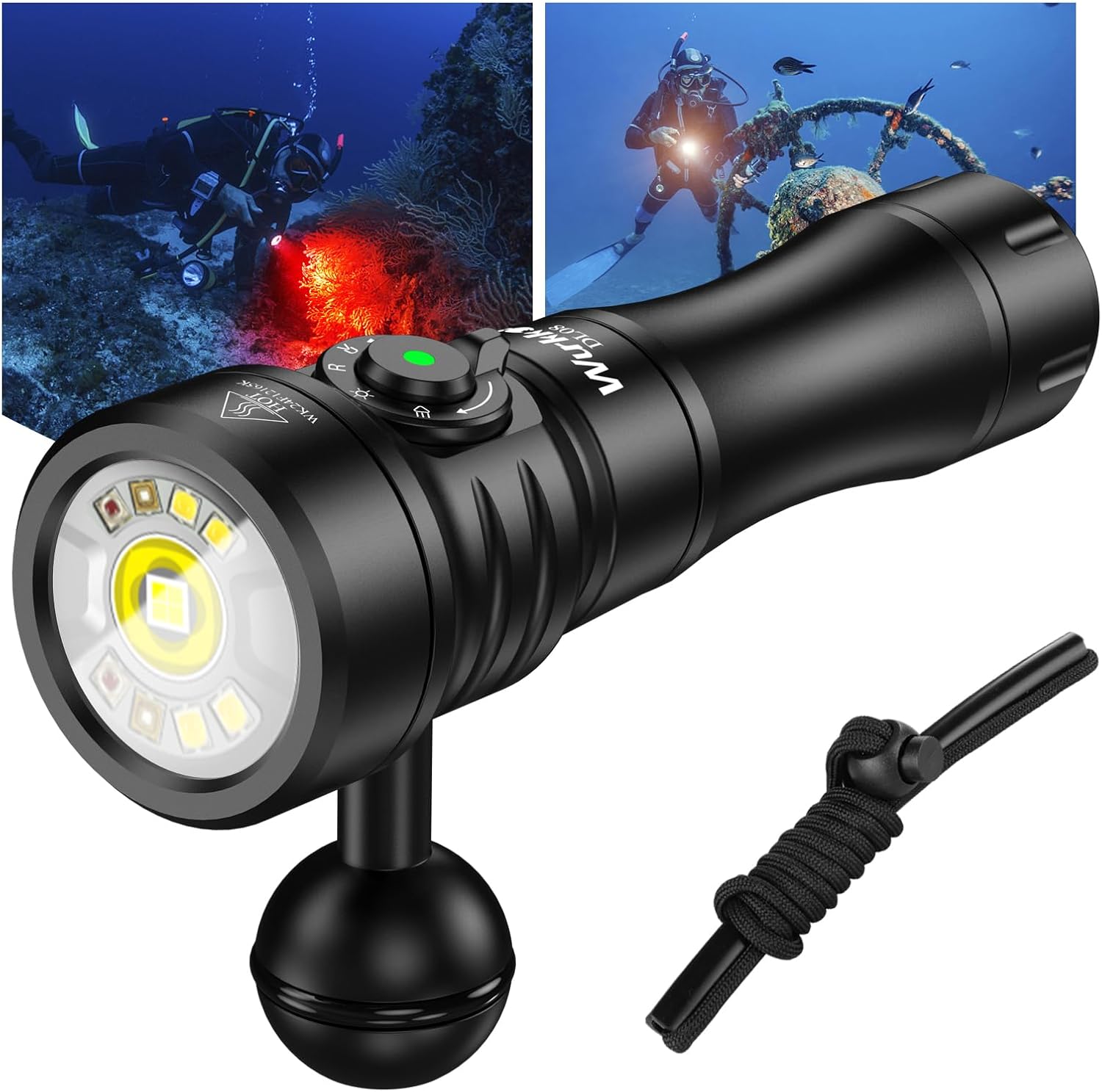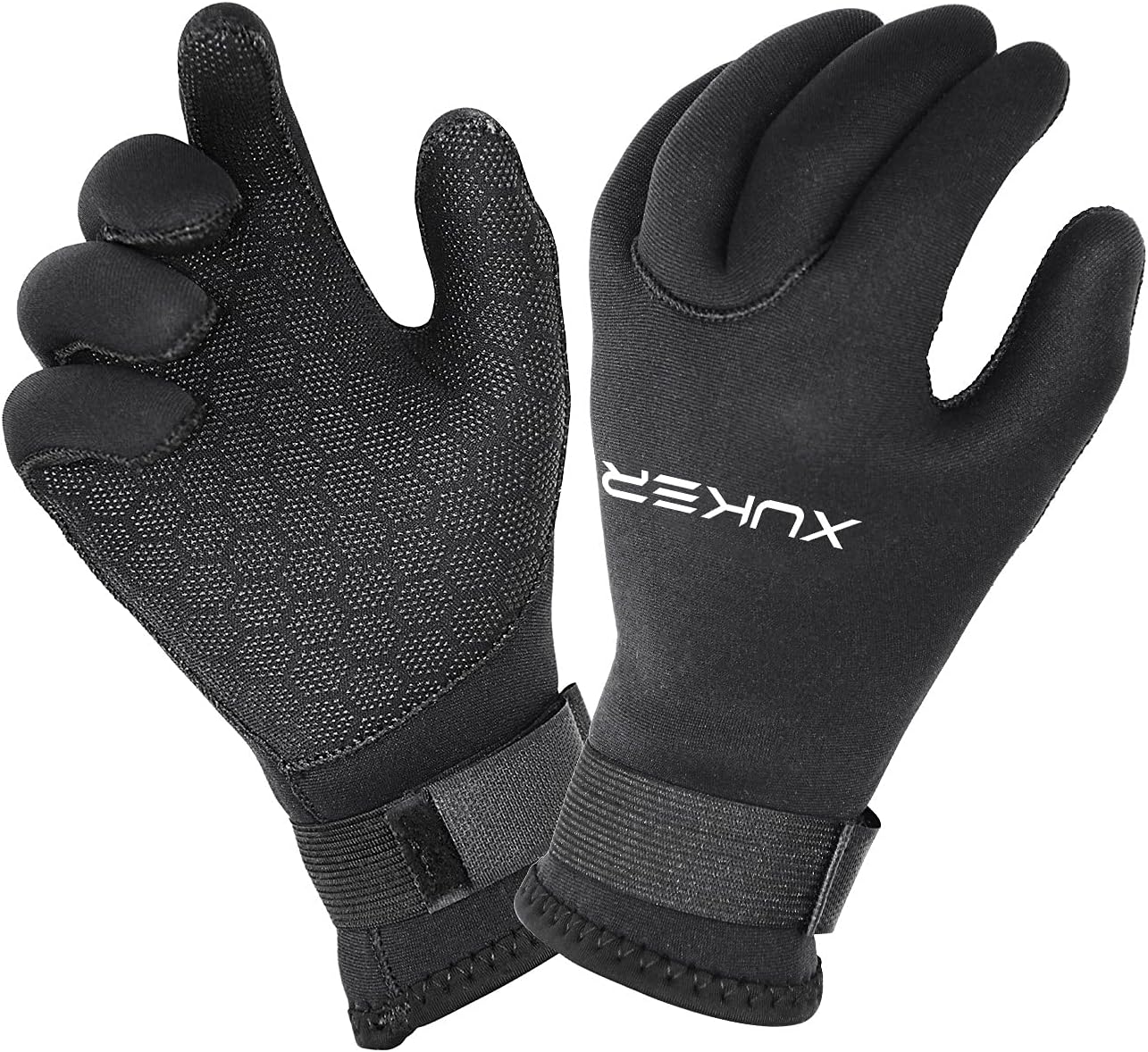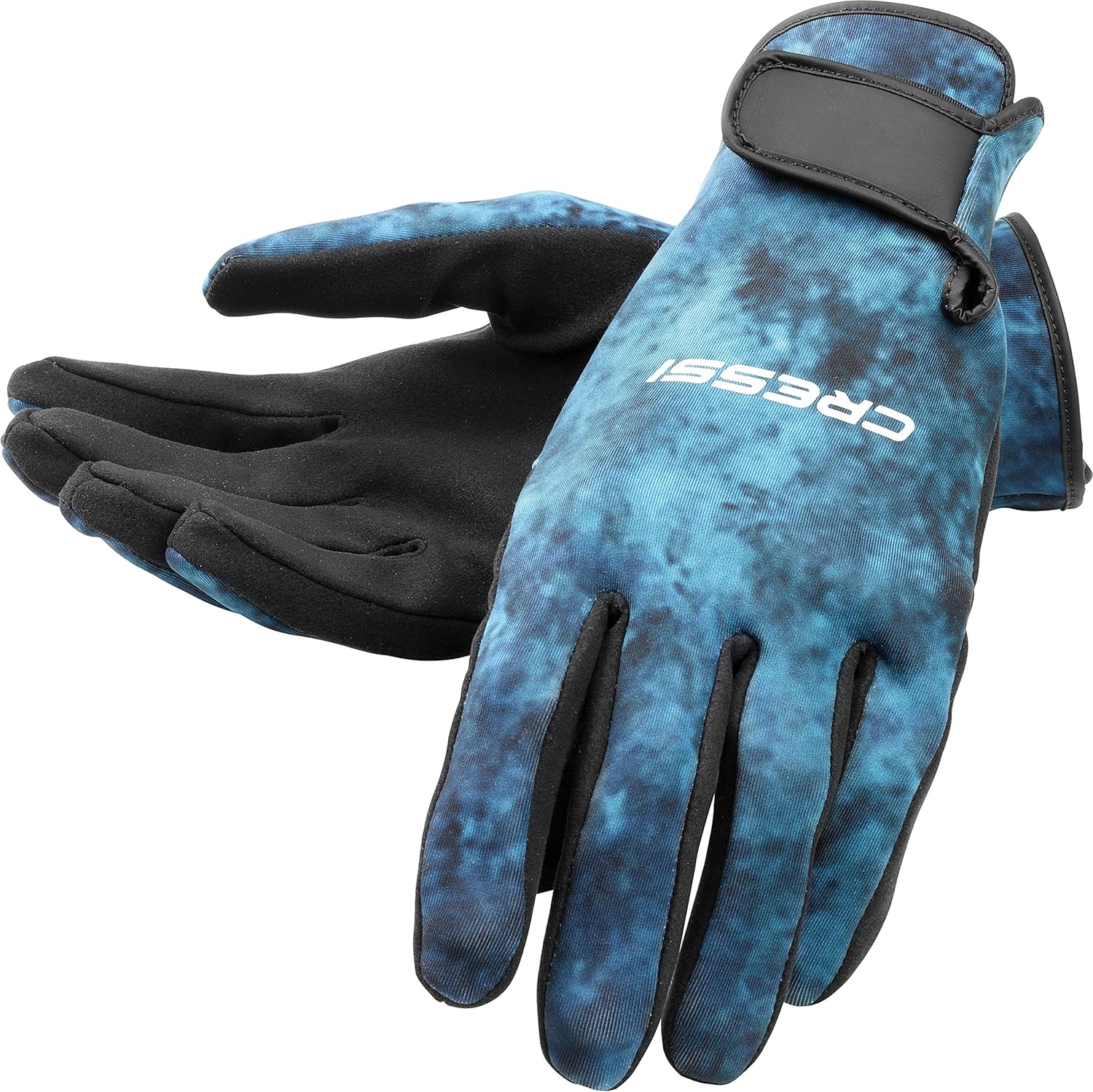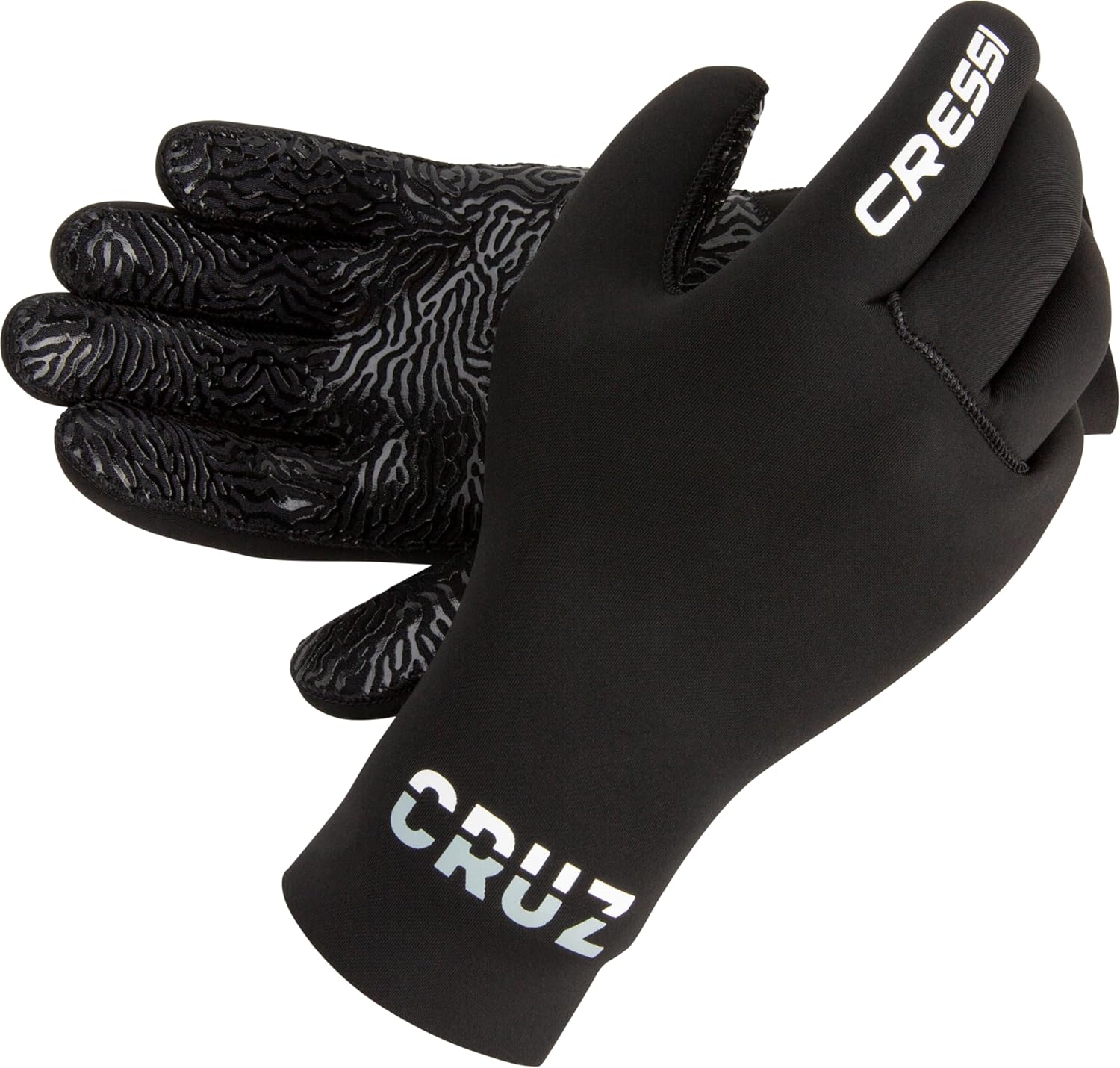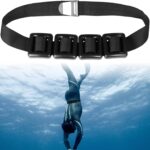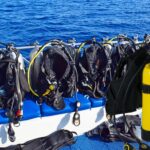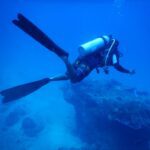The Best Scuba Gear Set
Searching for the best scuba gear set shouldn’t feel like preparing for a moon landing. Yet somehow, between regulators that sound like Star Trek gadgets and wetsuits that seem designed to launch you into the ocean like a torpedo, you wonder if you’re building an underwater Iron Man suit instead of just trying to breathe underwater without dying.
But before you buy a $1,000 scuba set off some sketchy site that uses stock photos of a guy wearing fins on land (yes, we’ve seen it), let’s get crystal-clear: choosing the best scuba gear set can be safe, affordable, and actually… enjoyable.
What’s the Best Scuba Gear Set – Really?
The best scuba gear set depends on three core factors:
- Your diving level (beginner, intermediate, advanced)
- Where and how often you dive (warm waters once a year vs. deep cold wreck dives monthly)
- Your budget and upgrade goals
For most beginners, the ideal scuba gear set includes:
- Comfortable, well-fitting mask, snorkel, and fins
- Lightweight BCD (buoyancy control device)
- Reliable regulator and octopus
- Accurate pressure gauge (or dive computer)
- Proper wetsuit or drysuit for your local conditions
The best scuba diving gear isn’t always the most expensive. It’s the one that fits your body, your goals, and keeps you safe and happy underwater, whether you’re floating next to sea turtles in Florida, Oahu or navigating murky shipwrecks in the Baltic Sea.
Full Breakdown: Every Piece in the Best Scuba Gear Set
If you’re buying a scuba diving set, here’s what you absolutely need — no shortcuts.
1. Mask
|
|
|
|
Your mask is your underwater vision; without it, everything’s a blurry mess. A good seal prevents leaks and keeps pressure equalized. Comfort and clarity are non-negotiable for long dives.
Features to look for:
- Tempered glass lens
- Silicone skirt
- Wide field of vision
- Low internal volume
- Adjustable strap
2. Snorkel
|
|
|
|
Essential for surface breathing without draining your tank. Keeps you relaxed while waiting to descend or during long surface swims. Dry-top snorkels prevent surprise gulps of seawater.
Features to look for:
- Dry-top valve
- Purge valve
- Ergonomic mouthpiece
- Flexible tube
- Splash guard
3. Fins
|
|
|
|
Fins provide propulsion so you can glide with minimal effort. The right pair reduces fatigue and improves control underwater. Comfort is critical to avoid cramps or blisters.
Features to look for:
- Open-heel or full-foot style
- Adjustable straps
- Blade flexibility
- Lightweight design
- Thrust channels
4. Buoyancy Control Device (BCD)
|
|
|
|
Your BCD controls ascent, descent, and neutral buoyancy mid-water. It also holds your tank and gear, so it must fit perfectly. Too loose or too tight and it can mess with your dive dynamics.
Features to look for:
- Integrated weight system
- Multiple D-rings
- Inflator/deflator valves
- Durable material (Nylon/Cordura)
- Proper lift capacity
5. Regulator & Octopus
|
|
|
|
This is your life-support, literally delivers air from the tank to your lungs. The octopus (backup regulator) is for emergencies. Breathing ease and reliability are critical.
Features to look for:
|
|
|
|
- Balanced first and second stage
- Environmental sealing
- Comfortable mouthpiece
- Lightweight design
- Easy purge button
6. Dive Computer
|
|
|
|
Keeps track of depth, time, no-decompression limits, and ascent rate. Prevents dive-related accidents like decompression sickness. A must-have for safe, modern diving.
Features to look for:
- Backlit display
- Multi-gas capability
- Audible alarms
- Rechargeable or replaceable battery
- Logbook storage
7. Wetsuit or Drysuit
|
|
|
|
Protects against hypothermia, stings, and abrasions. Wetsuits trap a thin layer of water for insulation, while drysuits keep you completely dry. Choose based on water temperature.
Features to look for:
- Thickness (3mm, 5mm, 7mm)
- Neoprene quality
- Sealed seams
- Fit and stretch
- Reinforced knees
8. Tank
|
|
|
|
Your air supply; without it, the dive is over. Usually rented, but owning one gives you control over inspections and fill quality. Choose steel or aluminum based on dive style.
Features to look for:
- Capacity (usually 80 cu ft)
- Valve type (DIN or Yoke)
- Material: Aluminum or Steel
- Buoyancy characteristics
- Hydrostatic test date
9. Scuba Bags
|
|
|
|
Holds and protects all your gear during transport. Prevents damage and keeps your setup organized. Should be rugged and easy to carry, especially for travel.
Features to look for:
- Drain holes
- Padded compartments
- Wheels (for travel bags)
- Saltwater-resistant zippers
- Mesh panels for drying
Scuba Dive Lights
|
|
|
|
Best scuba dive lights are essential underwater tools that provide visibility, safety, and enhanced exploration during low-light dives such as night, wreck, cave, or deep dives.
The right dive light illuminates your path, helps read instruments, and reveals the vibrant colors that vanish beyond a few meters underwater. Choosing the best one depends on dive type, beam preference, battery life, and overall build quality.
Features to look for:
Lumens Output – At least 1000+ lumens for primary lights; higher for deeper or technical dives.
Beam Angle – Narrow (8°–20°) for caves and signaling; wide (60°–120°) for reef and video.
Depth Rating – Minimum of 100 meters to ensure it handles pressure safely.
Battery Type & Runtime – Rechargeable lithium-ion batteries with at least 1.5–2 hours on high.
Build Quality – Anodized aluminum body, waterproof seals, and ergonomic switches for durability and ease of use.
Weights and Weight Belt
|
|
|
|
Diving Gloves
|
|
|
|
Anti Fog Sprays
|
|
|
|
RELATED: Best dive knives
Scuba Gear Cost: What You’ll Actually Spend
Let’s talk money. The scuba gear cost varies massively, but here’s a breakdown:
| Item | Price Range (USD) |
| Mask, Snorkel, Fins | $100–$300 |
| Wetsuit/Drysuit | $150–$800 |
| BCD | $250–$700 |
| Regulator (incl. octopus) | $300–$900 |
| Dive Computer | $200–$800 |
| Weights + Accessories | $50–$150 |
Total (Full Set): $900–$2,900+
Pro Tip: Buying a scuba kit for sale (pre-packaged sets) can save you hundreds — just ensure each item is suited to your diving style.
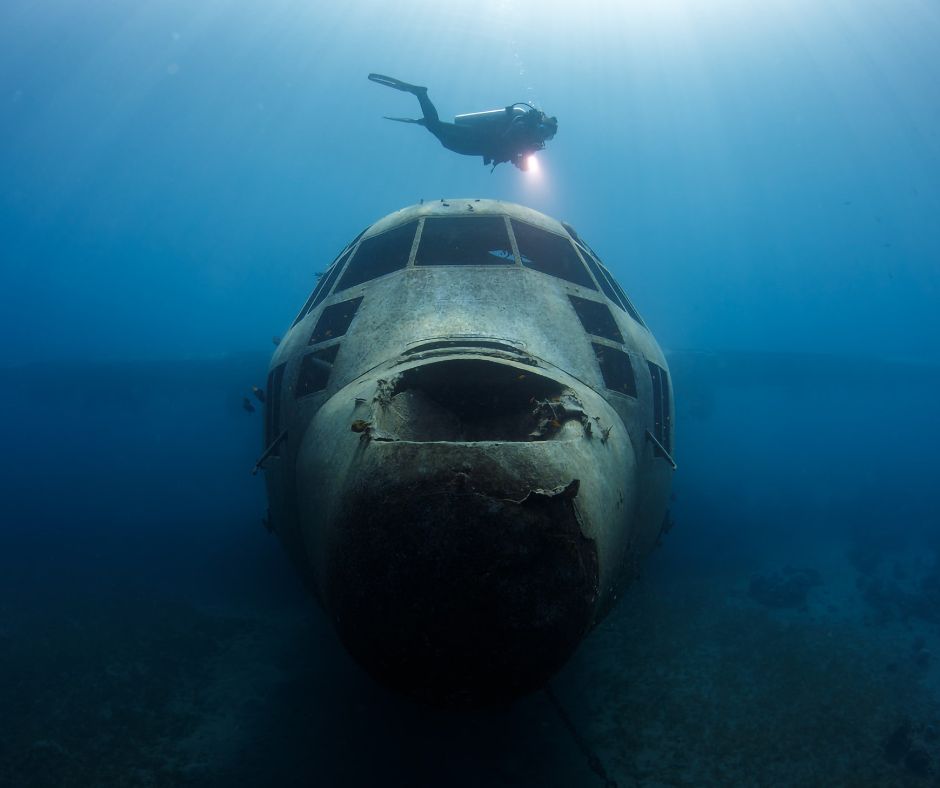
Scuba Diving Set vs. Buying Gear Separately
A scuba diving set is usually cheaper but comes with trade-offs.
✅ Pros:
- Lower cost
- Beginner-friendly bundles
- Convenience
❌ Cons:
- Limited personalization
- Some pieces may be lower quality
- Less suited for advanced divers
How to Choose a Scuba Kit Without Regrets
Shopping online? Here’s what to double-check:
- Brand reputation (Cressi, Aqualung, Mares, Scubapro are reliable)
- Return policy (you’ll want to try it on)
- What’s actually included — some sets leave out essential items
Avoid kits that:
- Don’t list material quality
- Mix brands with poor compatibility
- Include no warranty or customer support
How to Choose Gear That Actually Fits (And Doesn’t Ruin Your Dive)
Nothing ruins a dive like a leaky mask or fins that blister your heels by the second kick.
Fit tips from real dive pros:
- Mask: Place it on your face without straps and inhale. It should seal to your face and stay on without holding it.
- Fins: Snug, not tight. Leave room for dive booties.
- BCD: Should be snug around your torso, with adjustable shoulder and chest straps. Avoid oversized BCDs — they shift, float awkwardly, and mess with your buoyancy.
- Wetsuits: Like a second skin. Too loose and you’ll freeze. Too tight and you’ll swear your organs are shifting.
If you’re unsure about sizing, try before you buy or order from shops with hassle-free returns.
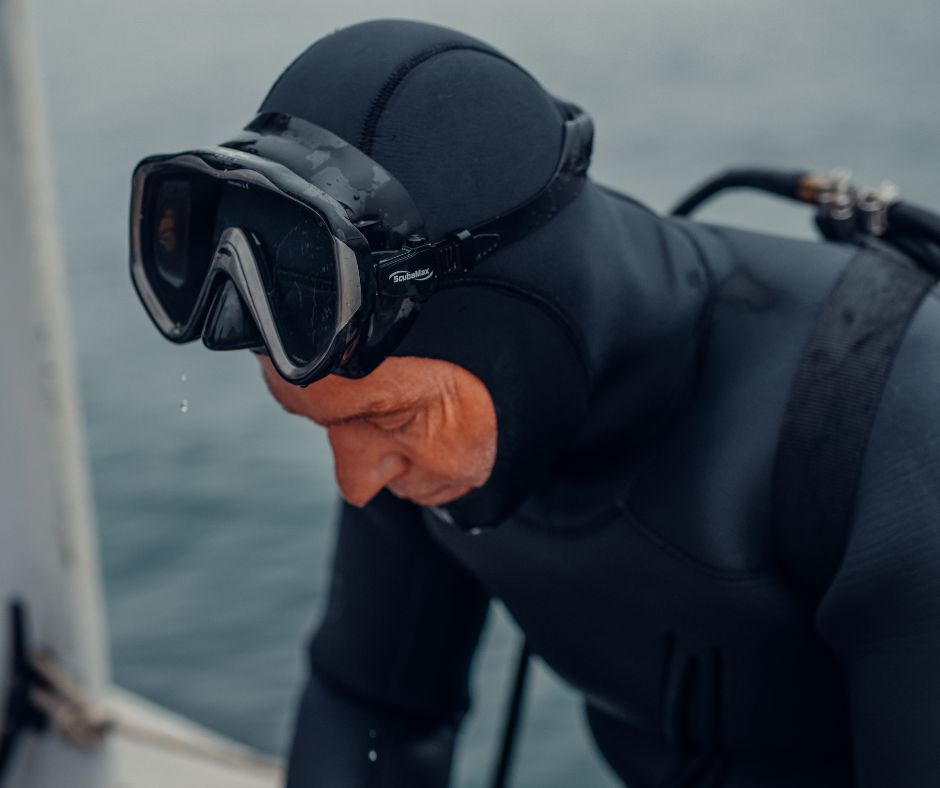
Best Scuba Gear Set for Travel
Look for:
- Lightweight BCDs
- Compact regulators
- Full-foot fins
- Mesh travel bags
- Dive computers instead of analog consoles
Airline tip: Always carry on your regulator and dive computer!
Beginner’s Guide: Best Scuba Diving Kit for New Divers
Here’s your starter list:
- Mask, snorkel, fins: Fit over flash
- 3mm wetsuit for tropical dives
- Jacket-style BCD with integrated weights
- Yoke regulator with an easy-breath second stage
- Basic analog console or entry-level dive computer
Want brand suggestions? Consider:
- Cressi Start Pro Set
- Aqualung Pro HD Package
- SCUBAPRO
- SMACO
- Mares Prime Set
They’re popular for good reason: reliable, affordable, and beginner-proof.
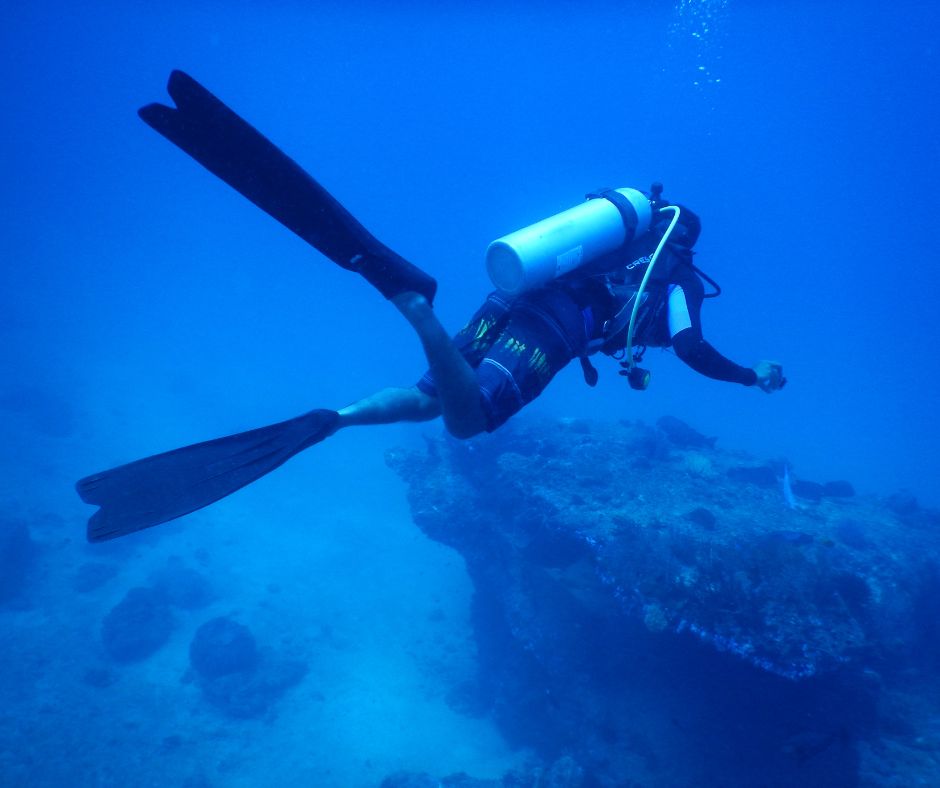
Red Flags to Avoid When Buying Scuba Gear
- No brand transparency
- Reviews only on the seller’s website
- “Too good to be true” prices (it often is)
- Outdated hydro test dates on tanks
- Ill-fitting or one-size-fits-all claims
Is It Better to Rent or Own Your Scuba Gear?
Renting:
- Best for infrequent divers
- No maintenance
- Cheaper upfront
Owning:
- Custom fit = more comfort
- Always know your gear
- Safer in the long run
General Rule: If you dive more than 5–7 times a year, owning a scuba diving kit pays off quickly.
Don’t Forget to answer these…
- Is this gear compatible with my certification level?
- Will it grow with me as I dive more?
- Can I service it locally?
How to Build Your Own Best Scuba Gear Set (Piece by Piece)
Not all divers buy a full set in one go. You can build yours:
Start with:
- Mask and fins
- Snorkel
- Wetsuit
Then add:
- BCD and regulator
- Dive computer
- Tank and weights (only if diving independently)
This lets you spread out the cost and ensure perfect fit with every piece.
RELATED: Is Scuba Diving Hard
How to Maintain Your Gear (and Not Ruin It in 6 Months)
Do:
- Rinse all gear with fresh water after every dive.
- Soak regulators and BCDs (but don’t submerge the 1st stage!).
- Dry thoroughly, out of direct sunlight.
- Store in a cool, dry place.
Don’t:
- Leave wetsuits inside-out and salty
- Jam wet fins into hot trunks
- Skip annual regulator servicing (unless you like breathing surprises)
Proper care makes gear last 5–10+ years and keeps you safe underwater.
What to Know Before You Buy Scuba Gear
- Always check return policies
- Register warranties for BCDs and regulators
- Read reviews from certified divers, not just vacation snorkelers
- Don’t skip training — you can’t buy safety off a shelf
The Bottom Line on The Best Scuba Gear Set
By now, you’re no longer just Googling “best scuba gear set” out of panic and confusion. You know what you need, what to avoid, and how to make informed decisions based on your diving style, not just flashy product names or affiliate rankings.
So go ahead; buy smart, dive safe, and please, don’t wear your fins on land unless you’re intentionally making a statement.
